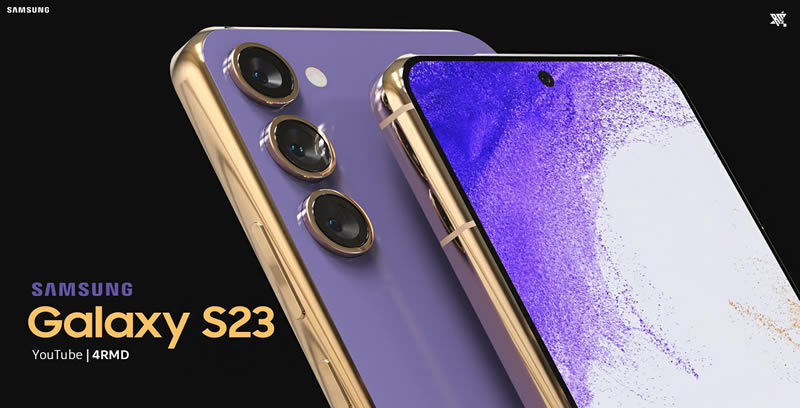Search result

OnePlus has officially confirmed that it is indeed about to launch its next flagship smartphone and the date is set on November 15. The company tweeted the following message on November 8 and confirmed what the rumor mill is still calling the OnePlus 3T.
"T-7: The @Qualcomm Snapdragon 821 (2.35GHz) is coming your way. Find out more on November 15."
Apart from the bump in processor as stated by the Tweet, Carl Pei has confirmed that the upcoming OnePlus device will also be sporting the same Optic AMOLED display as the OnePlus 3. As AMOLED displays provide punchier colors and deeper blacks to produce an overall better display quality than LCD panels, we were glad to hear that the rumor about OnePlus shifting to LCD in light of production issues with the AMOLED panels isn't true for now.
Speculations regarding other specs include a 4,000 mAh battery, redesigned OxygenOS powered by Android 7.0 Nougat and most astoundingly, 8GB of RAM! We are not yet sure that OnePlus will actually opt for 8GB of RAM, but it can happen. We will find out everything in a few hours from now as the world prepares for the launch of the next "flagship killer" tomorrow.
Saikat Kar (tech-enthusiast)
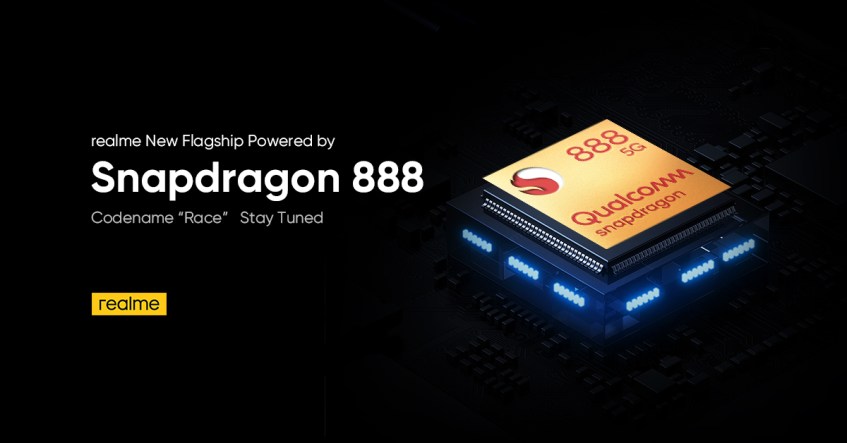
Snapdragon 888 is Qualcomm's latest premium processing chip that will pretty much power every Android flagship smartphone next year. And following the announcement, Realme has announced that it has already started the development of a new smartphone - codenamed Race, and says that it will be powered by the new processing chip.
According to a tweet by the official Realme UK account, the phone will be the first flagship in the market to be powered by this new processor. This means that we can expect the phone to be launched at the quiet start of next year. Although we had not much information about this flagship previously now it has sparked an interest among the consumers. The codename Race wasn't just a random pick. From the recent reports, we can safely assume that Race is short for Realme Ace.
And now when the industry's interest has been shifted to the Realme race, we have seen some leaks around the phone as well. The leak by GSMArena reveals that the phone will bear the model number RMX2202. The same leaks also suggest that the phone will run the latest Android 11 with Realme UI 2.0 out of the box. The phone will feature 12GB of rAM and 256GB of storage, though we expect that there will be other configurations too. The image also shows that the phone has a Snapdragon 888 processor under the hood.
There are also some images of the rear side of the phone on the internet which shows that the phone will feature four camera sensors inside a round shaped camera housing. On the right side, the phone has an LED flash. The display has a curved glass back and the design is almost identical to that of the OPPO Ace2 that was launched in April this year. Unfortunately, we don't know anything about camera specs for the time being. But hopefully, we will be getting more information on this phone in the near future. It is also important to mention that since the tweet was made by Realme UK, we expect the Realme Race will be launched in Europe and UK next year before it lands in other parts of the world.
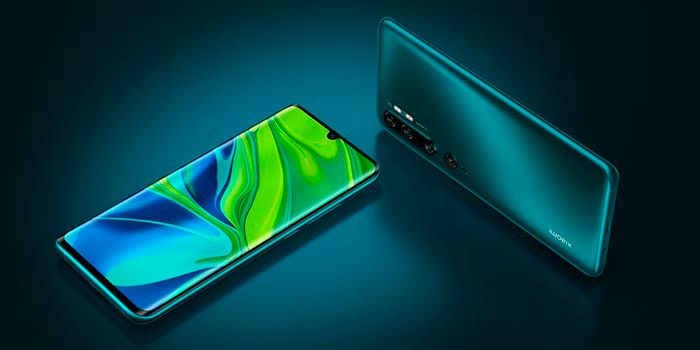
Xiaomi is ready to launch the upcoming Mi 11 series in China this month. An exclusive leak suggests that the company will unveil the devices in the last week of the year. And we are already getting some leaks ahead of its launch. The leaks regarding Mi 11 have been floating all over the internet, mainly because it's going to be the first flagship series with Snapdragon 880 processor. The series will include Xiaomi Mi 11 and Xiaomi Mi 11 Pro just like its predecessor Mi 10 series launched in 2020. Although, there are also some rumors about another possible device called Xiaomi Mi 11 Pro. Xiaomi is known for releasing amazing devices with a premium design and no-compromise on specs or features. The device might have a rear glass body with a metal mid-frame for rigidity. All devices are tipped to feature a four-curved screen.
The standard Mi 11 is expected to feature a four-curved display with a top-left punch-hole display. From the front side, it looks almost similar to the Mi 10. Although dimensions aren't known yet, it is likely to feature an FHD+ AMOLED display with a 120Hz refresh rate display. The Mi 10 however, had a 90Hz refresh rate. The phone will like to have a UFS 3.1 storage with a triple camera setup along with an LED flashlight. The cameras are horizontally stacked inside a square-like housing. As per renders and leaks, the phone will have a blue gradient color with a chamfered bump. The phone will have a 108MP primary camera, a 13MP ultra-wide camera sensor, and a 5MP macro sensor.
So far, there isn't much information on Xiaomi Mi 11 Pro but it might have an identical design in the series with a quad-camera on the rear side. A leak by a user on Weibo suggests that the pro will feature a large 6.76-inch display. It will have a similar four-curved display with a top-left punch-hole but will feature a QHD+ resolution and 120Hz. Under the hood, it will feature the same Snapdragon 888 SoC as the Mi 11. There will be a 48MP OmniVision sensor, a 20MP ultra-wide camera sensor, a 12MP telephoto with 2x optical zoom. There might be an additional periscope lens for higher-zoom up to 10X. A report also suggests that the series will be powered on a dual-battery system.
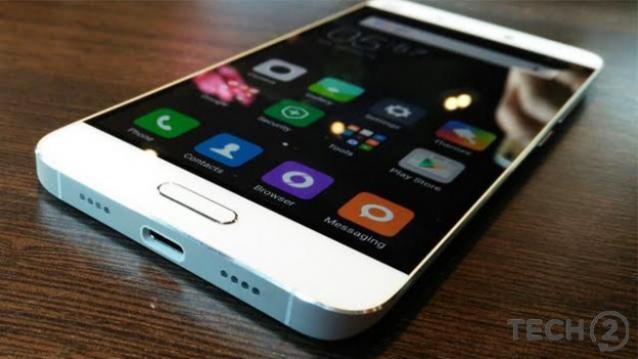
Many fans were disappointed when the Galaxy Note 7 did not match up to the rumors of the smartphone sporting 6GB of RAM and a Qualcomm Snapdragon 821 processor. One could say that disappointment turned to bewilderment when some of the devices started to explode and a worldwide recall had to be arranged by Samsung. While Samsung sorts the entire mess out, new rumors indicate that Xiaomi is all set to launch the Mi 5s with 6GB of RAM and the mythical Snapdragon 821 chipset with a clock speed of 2.4 GHz.
None of the other rumoured specs seem less than impressive either as it's supposed to be sporting 256GB of internal storage along with a pressure sensitive display. They will probably not upgrade the screen resolution to 1440p though and will instead possibly stick to the same 5.15-inch 1080p panel. Other specs include a 16-megapixel rear camera, a 4-megapixel front camera, fingerprint scanner, NFC, 2G, 3G, 4G, VoLTE and a 3,490mAh battery. Nothing is official though, so we would suggest waiting for a while before getting your hopes up too much.
Saikat Kar (tech-enthusiast)
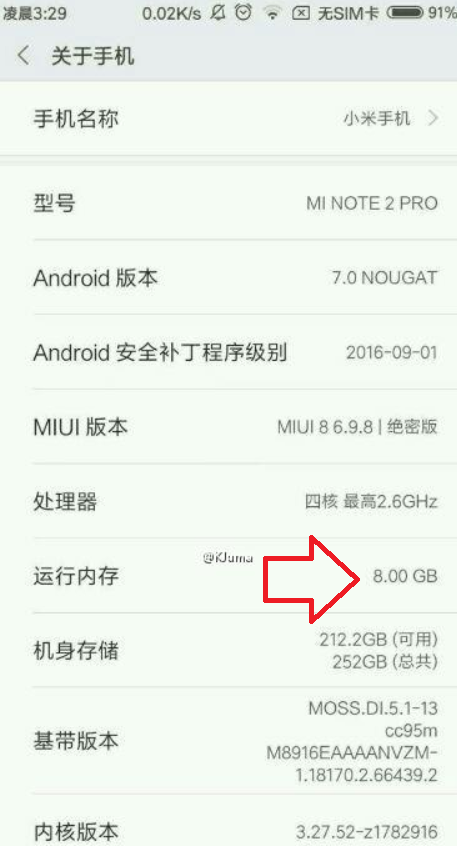
Smartphones are blurring the line between them and desktop computers nowadays and Xiaomi is about to blur that line even further with their upcoming Mi Note 2 Pro. According to a screenshot posted by AndroidPure, the upcoming handset from the Chinese manufacturer will sport beyond flagship grade specs like 8GB of RAM and a Qualcomm Snapdragon 821 CPU, clocked at 2.6GHz! The superphone will also have an in-built storage of 256GB and Google's latest and greatest Android OS Nougat will be running on it right out of the box. However, the only catch is that this "screenshot" could very well be a fake, much to our dismay.
As we now know that the previously rumoured launch date of the Mi Note 2 Pro (September 24) turned out to be wrong, it still is a bit of a mystery as to when it will actually be released. Since the Mi5s and Mi5s Plus was just launched in China, the date for the Mi Note 2 Pro's launch could be further away than rumors had originally predicted. In case you are not aware, these two are also packing the Qualcomm SD 821 chipset and enhanced camera capabilities that the OEM has declared to be better than even those sported by the flagship grade Samsung and Apple smartphones. Considering that the smartphones also cost about half of what an Apple iPhone 7 or Samsung Galaxy Note 7 would cost, things are getting really tight for the big boys.
Saikat Kar (tech-enthusiast)

Xiaomi is known mainly as the budget king of the smartphone world, but in an effort to outshine even the likes of the S7 Edge, today it has launched its most expensive smartphone in China. However, considering the beastly specifications that it boasts of, we would say it still is a budget device, if you consider the price-to-performance ratio. Just take a look at the specs unveiled today to get an idea about the proposition.
Display: 5.7-inch dual curved QHD display (Flexible OLED).
SoC: Qualcomm Snapdragon 821 (2.35GHz)
RAM: 4GB/6GB
Internal storage: 64GB/128GB
Battery: 4070mAh
Primary camera: 22.56-megapixel Sony IMX sensor with EIS and f/2.0 aperture
Secondary camera: 8-megapixel

Even the staunchest of Samsung or Apple fans must admit that these are some impressive specs, at least on paper anyway. Once you consider the price, we are sure that you will find it even more interesting. The 4GB/64GB version is priced at CNY 2,799 ($410) and the 6GB/128GB version is available for CNY 3,499 ($515). The good news is that the 6GB/128GB variant will see international release, with global support for 37 LTE bands. We cannot wait to see how the Xiaomi Note 2 performs once it's released.
Saikat Kar (tech-enthusiast)
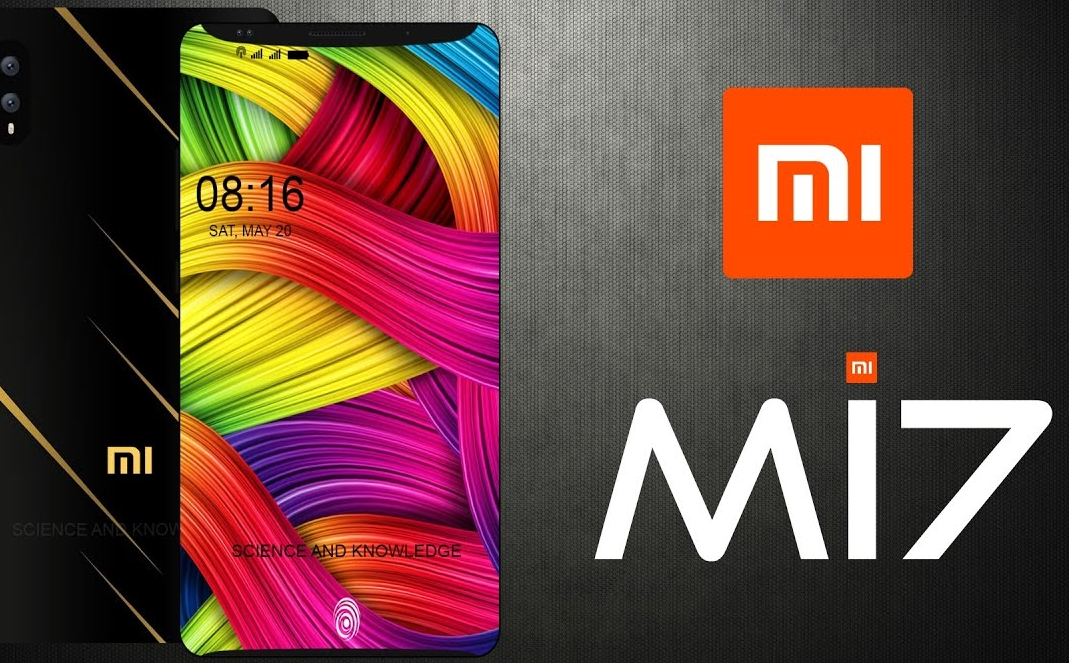
It would not be the first time that a Chinese OEM has beaten the likes of Samsung and LG in being the first smartphone to sport the most powerful flagship chip from Qualcomm for the year. LeEco had done it before and it looks like Xiaomi could be doing the same in 2018. According to a latest rumor on Weibo, the Mi 7 will be released in January and probably before the S9 or the LG G7. Now, one needs to keep in mind that a separate rumor has predicted that both the flagships form LG and Samsung will also be making appearances in January-February. Yes, things are getting very confusing right now, but what can be said for certain is the fact that all the three handsets will be powered by the Qualcomm Snapdragon 845 (unannounced) SoC.
According to the rumor, the Xiaomi Mi 7 could also be sporting a 6-inch OLED panel and 6GB/8GB of RAM. Since traditionally, Mi flagship range phones have all been rather small, we would have to guess that either the rumor is misinformed or Xiaomi is going for a borderless display, just like the S8 or Xiaomi's own Mi Mix 2!
Saikat Kar (tech-enthusiast)

Xiaomi has a quite diverse range of phones, even more variety in its home country - China. This diversity allows the company to access a wider range of customers with different budgets and design preferences much more effectively. The company already has its premium phones Mi 10 and Mi 10 Pro available in China for a few months now, but both of these smartphones fall into the premium category with the Snapdragon 865 and doesn\'t cost heavy on your wallet. Now, the company is expanding its product portfolio further by adding Mi 10 Youth Edition 5G in China.
The device has a 6.57\" full HD AMOLED display with a 180Hz touch response rate. The phone uses corning Gorilla glass 5 with a waterdrop notch. It has Qualcomm Snapdragon 765G. The phone comes with 6GB RAM/128GB storage, 8GB RAM/128GB storage, and 8GB RAM/256GB storage. The phone is powered by a 4,160mAh battery that supports Qualcomm\'s quick charge 4+. Earlier, the Chinese company posted some teaser on its official Weibo page. The company is teasing a diamond pixel arrangement to deliver diamond quality. The factory is working on each unit for color accuracy. The display comes with a slight color difference noticeable less than 0.7.
Xiaomi Mi 10 Youth Edition will come with the dewdrop notch featuring the front-facing camera. Under the hood, the phone will support 5G connectivity. In terms of photography, the phone is supporting the quad rear camera module with a 48MP primary sensor, and an 8MP ultrawide lens, a 5MP macro lens, and a periscope lens. The periscope lens will allow up to 50x digital zoom and optical image stabilization. The new phone is light-weight and weighs only 192g. You can purchase the phone in a variety of color options such as blue, black, green, pink, red, and white as disclosed by the Chinese company. The phone can create video up to 4k at 30fps or 1080p at 60fps/120fps. There is also a 3.5mm headphone jack and an in-display fingerprint scanner. The phone comes with MIUI 11 based on Android 10.

The specifications of an unknown Realme XT Pro just got leaked via a benchmark listing. According to the sources, the device is powered by the latest Snapdragon 730G chipset and the new 64MP quad-camera setup. The company has stepped on the gas with several smartphones it is launching this year. Along with the Realme 5 and Realme 5 Pro being launched in August, now we have the Realme XT as well as the Realme Q being released in September. The leaked spec sheet suggest another high-end Realme device ready to be launched in the market.
Just like its predecessors and other devices, even the reported Realme XT Pro will feature a four-camera system. It will have a 64MP f/1.8 primary camera, implementing the Samsung ISOCELL Bright GW1 image sensor. It also has an 8MP ultra-wide-angle lens with a 119 degree field-of-view, a 2MP macro lens and a 2MP depth sensor. The front camera will house a 32MP lens. The camera specs are very similar to the Realme XT. However, the key difference comes with the processing ability that is similar to what powered the Redmi K20. This is so most powerful snapdragon chipset so far, which also beats the processing speed of 845 and 855. According to the listing, it will be paired with 8GB of RAM and UFS 2.1 storage.
The upcoming Realme XT pro seems to like be pretty much like the Realme XT, which is not surprising. This includes a 6.4-inch AMOLED display panel with a Full HD+ resolution. For the security purpose, the device is using an in-display fingerprint sensor for biometrics. The battery is rated at 4,000mAh with support for 30W VOOC fast charging from the 20W we are used to seeing from other Realme devices. It is unclear if the smartphone uses a pop-up camera for the selfies as we have it on the Realme X, or there will be a different housing.
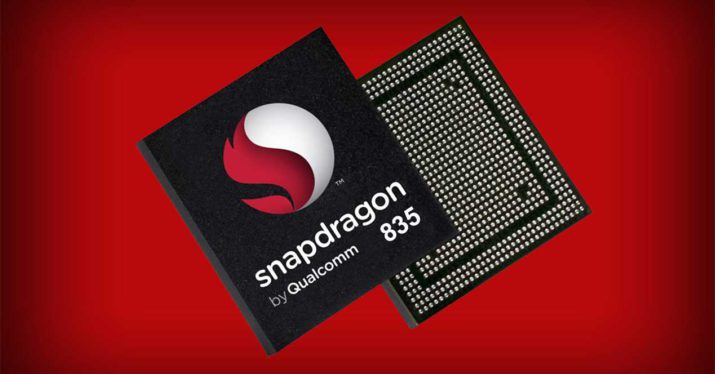
It is now official; Qualcomm's next flagship-grade SoC is coming to the Consumer Electronics Show next week. The debut was disclosed by Qualcomm itself on Twitter, when the company twitted, "We're powering up for #CES2017 with #Snapdragon 835."
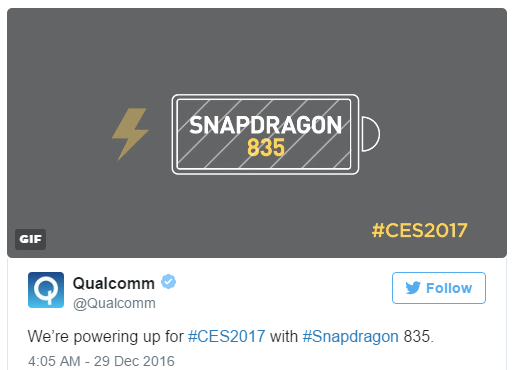
As we reported earlier, the SD 835 chip is going to be based on Samsung's 10nm process and will be manufactured by Samsung as well. The Adreno 540 GPU within the chip is going to be 30% more powerful and 40% more power-efficient than the current-gen Qualcomm flagship GPU, the Adreno 530. The default clock speed of the CPU will be set at 2.2GHz, although, overclocking by some of the manufacturers is expected.

All devices powered by the SD 835 will support Quick Charge 4.0 for 5 hours of battery life in just 5 minutes. Plug it in for 15 minutes and your device should reach 50% from 0%, according to the claims put forward by the company. It would be interesting to see how much of this turns out to be true in real life though, as batteries do vary in size.
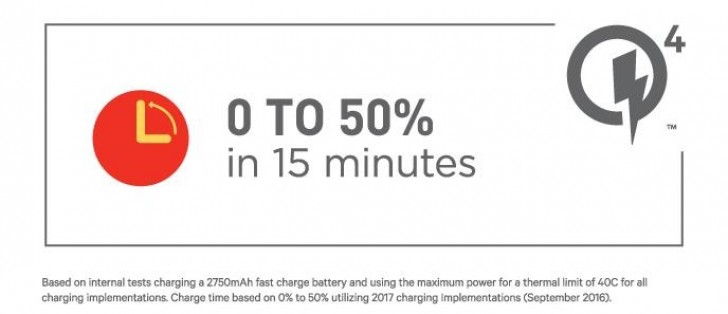
Although I am sure that most manufacturers will be opting for the Snapdragon 835 SoC as their preferred choice in 2017, as of now, only the Samsung Galaxy S8, the LG G6 and the Xiaomi Mi6 are guaranteed to host the chip.
Saikat Kar (tech-enthusiast)

We knew it was coming and now it's official. Qualcomm has publicly detailed the specifics of their latest flagship chip, the Snapdragon 835. It will allow smartphone manufacturers to utilize better technology and equipments in the mobile phones of 2017 in terms of photography, machine learning and displays.
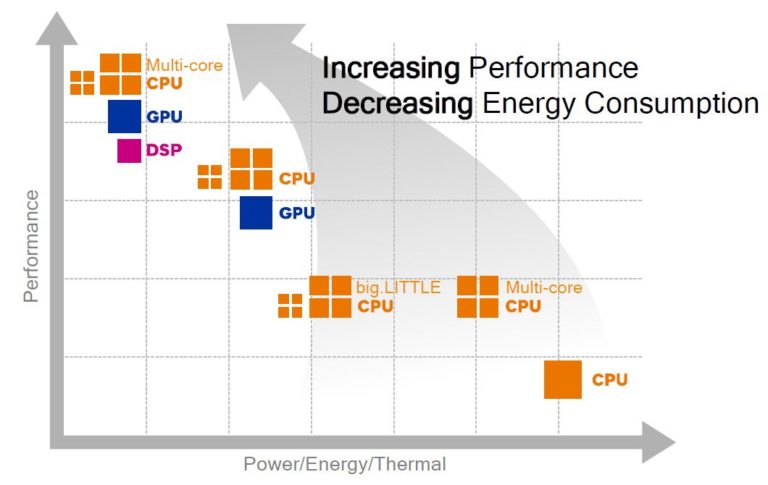
The CPU in the 835 chip is an octa-core, semi-custom Kryo 280 CPU core design with possible ARM Cortex-A73 cores powering it. The Kryo 280 system is divided into four cores with 1.9GHz clock speed for efficiency and four cores with 2.45GHz clock speed for performance. Take a look at the image below to understand some of the differences between the SD 835, the SD 821 and the SD 820.

Apart from providing a boost of about 20% over the SD 820, the SD 835 will also allow for much better battery efficiency. Qualcomm expects that around 80% of all the tasks usually performed by a smartphone will be handled by the comparatively low-powered CPU cores, thereby providing an additional two and a half hour of battery life, as compared to the SD 820. Let's not forget that all of this has a lot to do with Samsung's 10nm FinFET process, on which the new chips are being built.
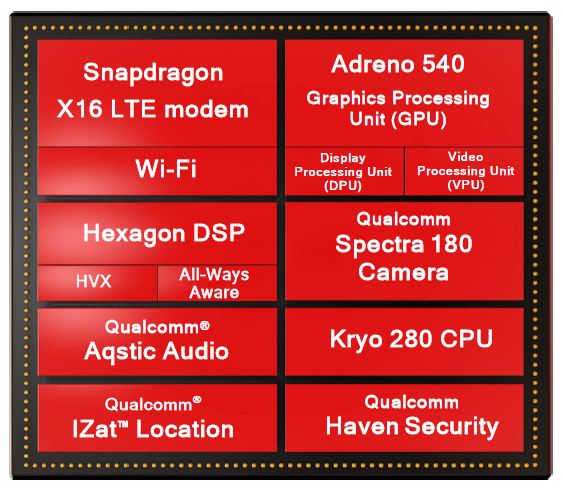
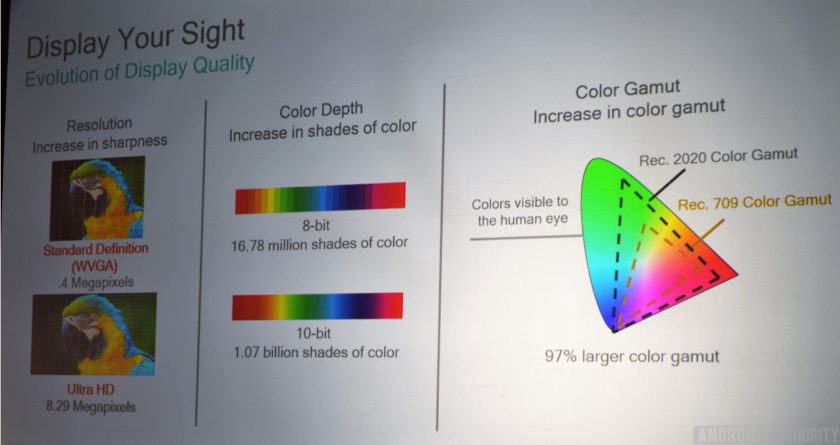
The Adreno 540 GPU is similar to the Adreno 530 in architecture, but the faster trilinear filtering and GPGPU compute will lead to a 25% performance boost over the older GPU. In terms of display, it can support 10-bit color at 4K resolution with a constant 60fps frame rate. The Adreno 540 GPU can now handle 107.4 million colors (previously 16.8 million) as well. In summary, we would say that the Qualcomm Snapdragon 835 is the most powerful and revolutionary mobile chip yet. If you are interested in more technical details, check it out here.
Saikat Kar (tech-enthusiast)
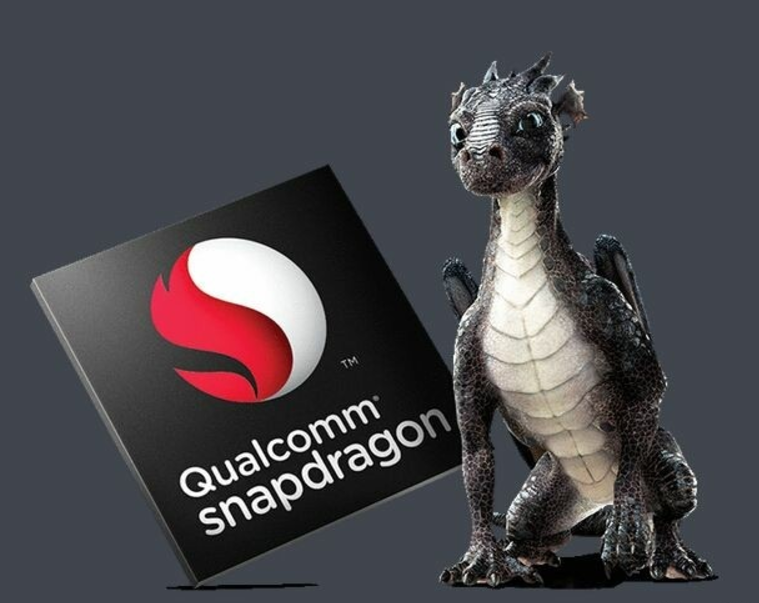
While the Galaxy Note 8 will obviously continue to be the talk of the town for months to come, the thing that must have caught your attention in the headline is most likely "Qualcomm Snapdragon 836!" Although we did see Qualcomm release two flagship chips last year; the SD 820 and the SD 821, it didn't seem like something that they would continue to do in the future as well. However, a new report is suggesting that the SD 836 will be a higher powered version of the present day SD 835 and it will be released by the end of the year.
Allegedly, the Snapdragon 836 will have a CPU clock speed of 2.5GHz and the GPU (which will most likely be the same Adreno 540) will boast of a 740MHz clock speed. If the American version of the Note 8 is powered by the SD 836, then does it mean that Samsung will release a newer Exynos chip with the Note 8? Probably not. Samsung just releases one chipset every year in the premium segment and there have been no indications to suggest that they will take a different route this year. As pointed out by the source itself, all of this should be taken with "a pinch of salt."
Source: SamMobile
Saikat Kar (tech-enthusiast)
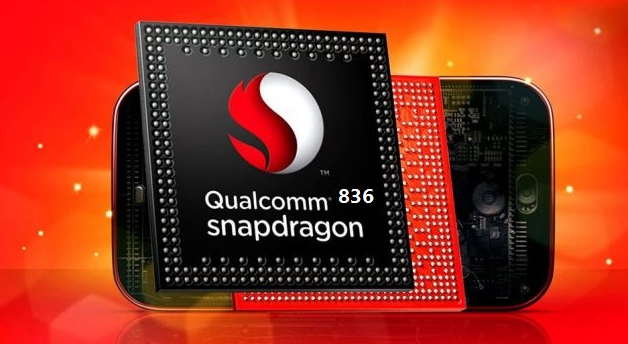
After a number of leaks started predicting that flagship smartphones released during the latter half of the year will be sporting a Qualcomm Snapdragon 836 chip, almost everyone thought that the Qualcomm was going to do the same thing it did last year when it released a faster version of the SD 820 SOC; the SD 821. However, now that both the Galaxy Note 8 and the Pixel 2 (more or less) has been confirmed to sport the SD 835 chip, we can rest assured that it was indeed a myth.
If you are disappointed, know that there is no reason to be! After all, the SD 835 is a very capable chip and until the SD 845 comes out next year, it will continue to be one of the most powerful smartphone chips ever created. Also, it makes absolutely no sense to release two flagship chips in the same year, unless there's anything wrong with the first one. Since the Snapdragon 835 is as close to perfection as it can be both in terms of power usage and performance, we would say that there's nothing to worry about at all.
Via: The Android Soul
Saikat Kar (tech-enthusiast)

The Qualcomm Snapdragon 845 chipset has been unveiled, setting the stage for new flagships in 2018. It's still going to be a few months of course before we see the chip in action inside any smartphone, but till then, here is everything that you need to know.
· Semi-custom ARM Cortex Kryo 385 CPU and Adreno 630 GPU built on Samsung's 2nd gen 10nm LPP FinFET process
· 2 MB of shared L3 cache
· Four performance cores with clock speeds up to 2.8 GHz and four energy efficient cores with a max clock speed of 1.7 GHz
· 25% increase in performance as compared to the SD 835 CPU
· 30% improvement in graphics and video rendering performance by the GPU
· The Adrenon630 can support 120Hz displays of 2K resolutions
· 30% better energy-efficiency
· room-scale 6 degrees of freedom (6DoF) and simultaneous localization and mapping (SLAM)
· 3rd generation Vector DSP with HVX, aka the Hexagon 685. It is optimized for AI and imaging workloads
· Support for Google's Android Nueral Networks API, Open Neural Network Exchange and TensorFlow Lite
· Support for 480 fps slow motion 720p video, 60 fps video recording at up to 16-mp resolution
· Ability to capture 64 times more high-dynamic range color information than the SD 835
· multi-frame noise reduction
· accelerated software image stabilization
· temporal filtering with motion compensation
· 10-bit HDR support and support for the Rec. 2020 gamut for 4K/Ultra HD content
· Improved Wi-Fi modem and X20 LTE modem
· Support for License Assisted Access (LAA) for unlicensed spectrum, dual SIM with dual VoLTE, 4×4 MIMO on up to 3 carriers and 5x carrier aggregation
· Diversity-enhanced 60 GHz 802.11ad Wi-Fi for stronger multi-gigabit coverage at speeds up to 4.6 Gbps
· 802.11ac Wi-Fi with up to a 16 times faster connection setup, simultaneous dual-band support, and 30% more capacity utilization
If all this didn't blow you over, don't worry because there's a lot more and you can check it all out in details at Android Authority.
/cdn.vox-cdn.com/uploads/chorus_image/image/65817491/865.0.png)
A whole long list of SD 865 smartphones are going to arrive soon, so hold on to your purse and don't waste your money on current gen flagship smartphones just yet, because they are going to become a lot cheaper in a matter of weeks!
To give you an idea of what's to come, we have compiled a short list of the three highly anticipated Qualcomm Snapdragon 865 powered smartphones which will be the first to reach consumers.
Samsung Galaxy S20 Series

No one can say for sure whether the S20-series will really be the first smartphones to get to the market, with a SD 865 SoC in them, but rumors surrounding Samsung are almost always true these days! The Galaxy S20, S20 Plus and S20 Ultra mau also have the following specs to show off later in the month.
· OS: Android 10 (Q)
· 1440 x 3040, S AMOLED, 6.2"/6.7"/6.9"/ QHD+, 20:9 display
· 8GB - 12GB RAM and 128GB - 1TB internal storage
· 64+13+8 megapixel / 64+13+8+2 megapixel rear cameras on the S20 and S20 Plus respectively
· 108+13+8+2 megapixel setup at the back with 5x optical zoom on the S20 Ultra
· 5,000mAh battery
· Will be announced at the Unpacked 2020 event on February 11, 2020 in San Francisco
Xiaomi Mi 10 Series

Also coming in February, but probably in the last week is Xiaomi Mi 10 and Mi 10 Pro. Other interesting rumors about the 5G capable duo are as follows.
· OS: Android 10 (Q)
· 1080 x 2340, 19.5:9, S AMOLED 6.39" / 6.7", 120Hz display
· 128GB storage & 8GB RAM / 256GB storage & 12GB RAM / 512GB Storage & 16GB RAM
· 108 + 16 + 12 + 5 / 108 + 16 + 12 + 8 megapixel rear cam modules with 2x optical zoom (Mi 10 & Mi 10 Pro respectively)
· 4,500mAh / 5,250mAh battery for the Mi 10 and 10 Pro respectively
· Will be announced in late February
Vivo IQoo

This one will likely be a timed exclusive in India, and this move could make the new sub-brand of Vivo, the first OEM to release a Snapdragon 865 powered smartphone in the country. Not much else is known about the smartphone, but it is rumored to have impressive flagship specs such as a 120Hz display and 64+12+12+8 megapixel rear camera modules to go along with that flagship SoC as well.
As of now, it is expected that the Snapdragon 865 chip with its brand new Cortex A77 - powered Kryo 585 cores will finally be able to close the huge performance gap that exists between Apple's latest A-series chips and anything that any Android OEM is able to churn up. Of course, we will just have to wait and see how that actually turns out!
Sources: GSMArena, 91Mobiles and Ice Universe
Author: Saikat
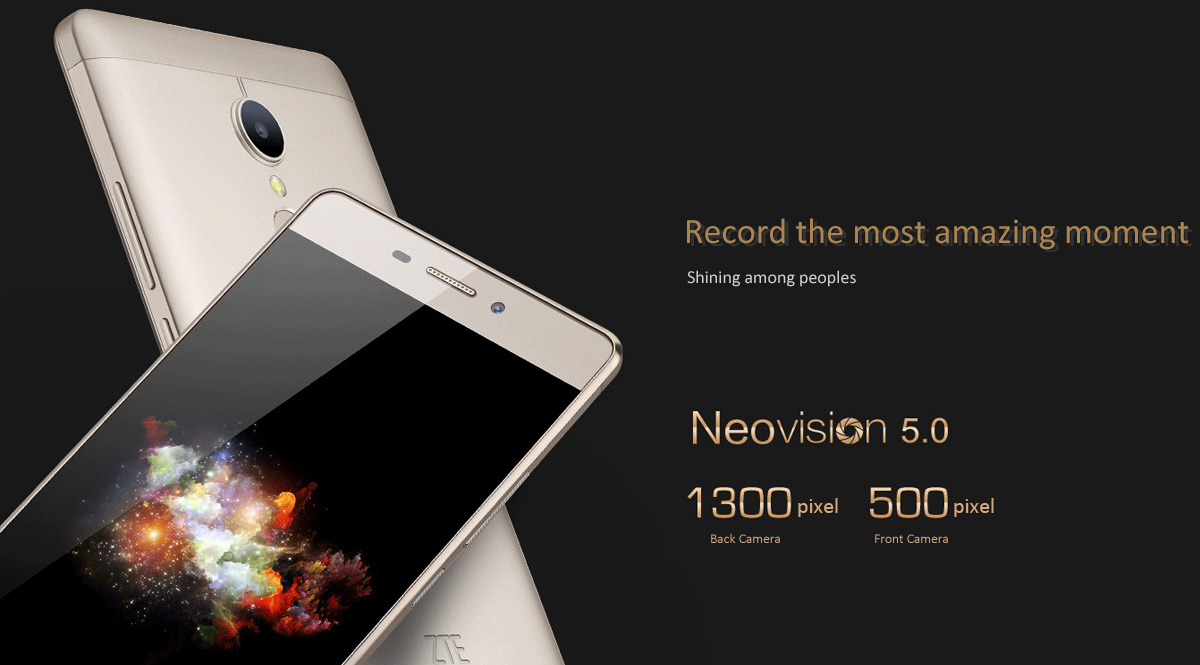
If you are looking for a decent affordable Android Smartphone, then look no further. The new ZTE V5 3 4G is made to set your needs. It's available for $199.99 on GearBest now.
ZTE V5 3 4G Phablet packs a 5.5" Full HD display with 1920x1080 resolution with a drupal Aluminum uni-body design and scratch resistant Glass.
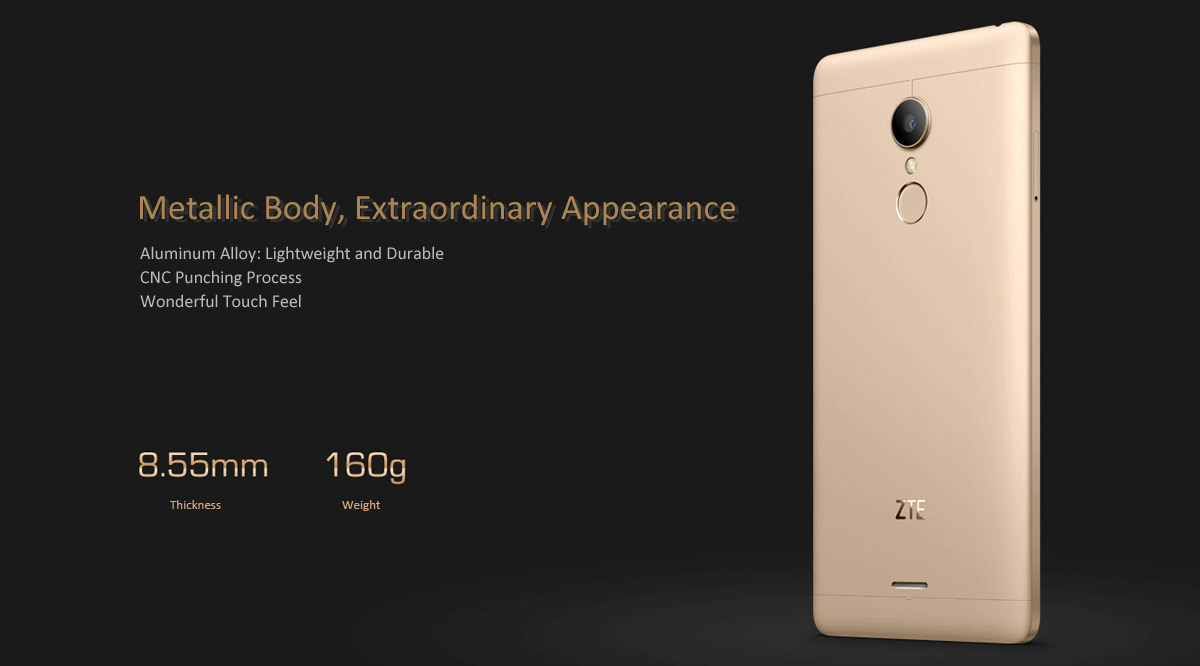
ZTE V5 3 4G Phablet is running Android 5.1 Lollipop Out-of-the-box so you don't need to worry about updates. The device is powered by the latest Qualcomm Snapdragon 615 64-bit based Octa-core CPU for optimal performance along with a 2GB Ram, so no lag whatever how many Apps you'll run.
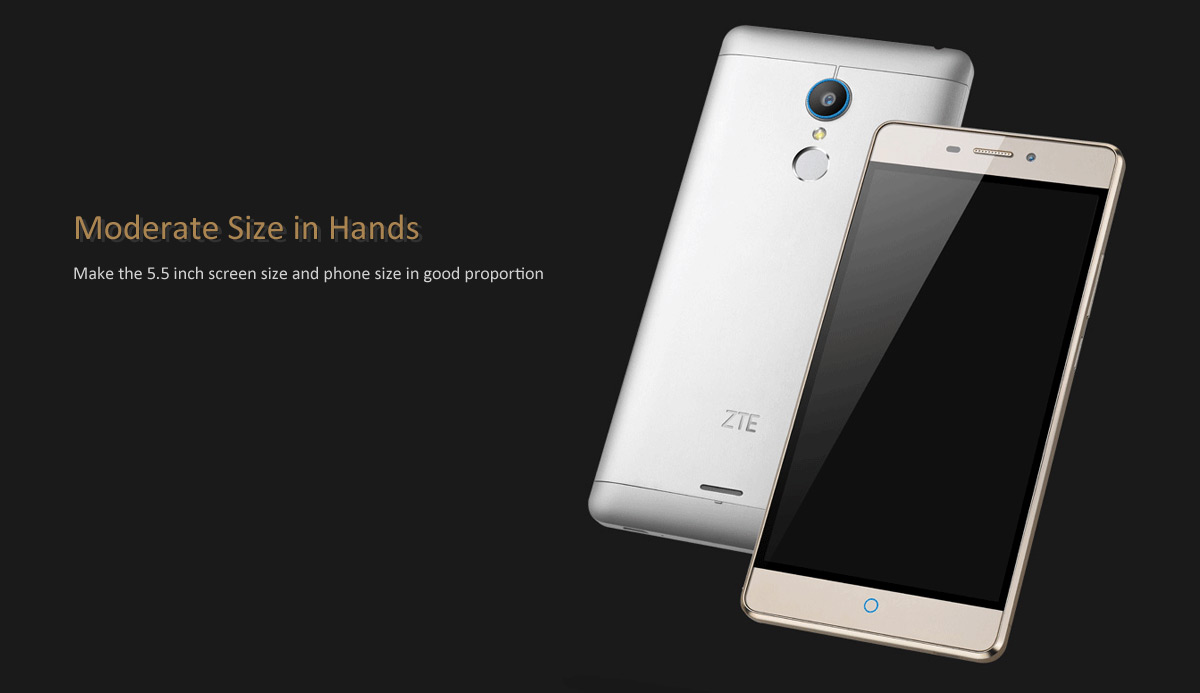
As for the connectivity and media specs, the ZTE V5 3 4G has all the features you need from Wi-Fi, LTE, Bluetooth, MP + 13MP Cameras, FHD video recording. Here's what you need to know.
ZTE V5 3 4G Specification

Brand: ZTE
Type: 4G Phablet
Service Provide: Unlocked
OS: Android 5.1
Languages: English, French, Spanish, Russian, German, Italian, Dutch, Portuguese
SIM Card Slot: Dual Standby, Dual SIM
SIM Card Type: Dual Nano SIM
Hardware
CPU: Qualcomm Snapdragon 615
Cores: 1GHz, Octa Core, 1.5GHz
GPU: Adreno-405
RAM: 2GB RAM
ROM: 16GB
External memory: TF card up to 128GB (not included)
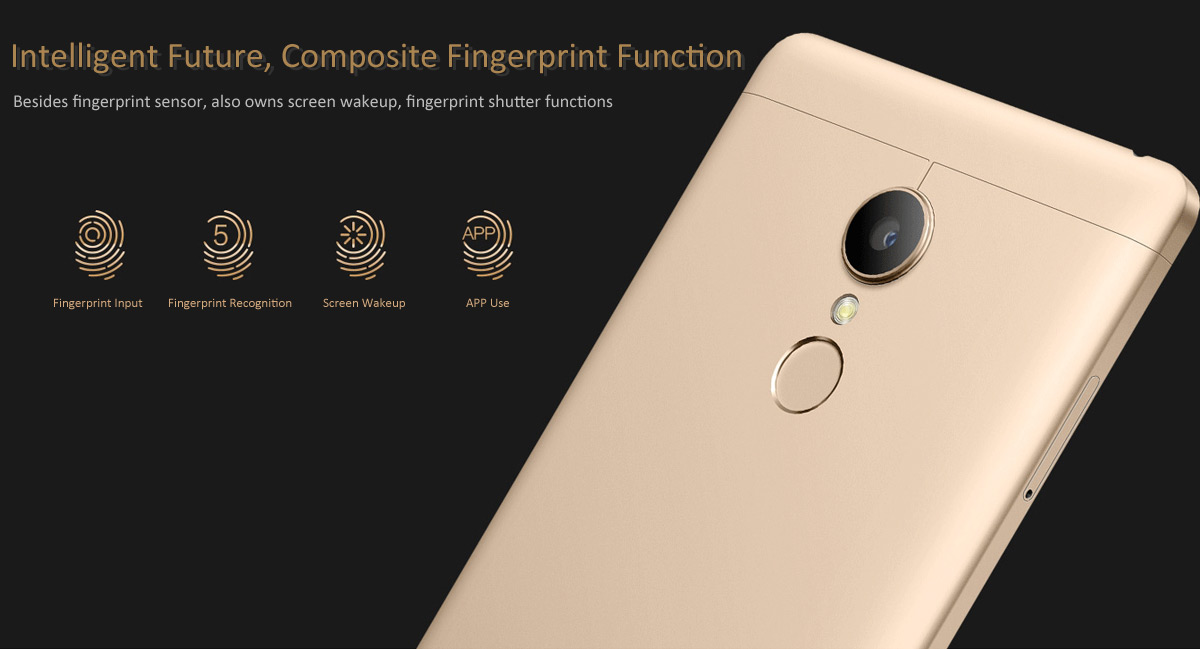
Network
Wireless Connectivity: WiFi, GSM, 3G, 4G, GPS
WiFi: 802.11b/g/n/ac wireless internet
Network type: GSM+WCDMA+FDD-LTE
2G: GSM 850/900/1800/1900MHz
3G: WCDMA 850/900/1900/2100MHz
4G: FDD-LTE 1800/2100/2600MHz
Display
Screen type: Capacitive
Screen size: 5.5 inch
Screen resolution: 1920 x 1080 (FHD)
Pixels Per Inch (PPI): 401
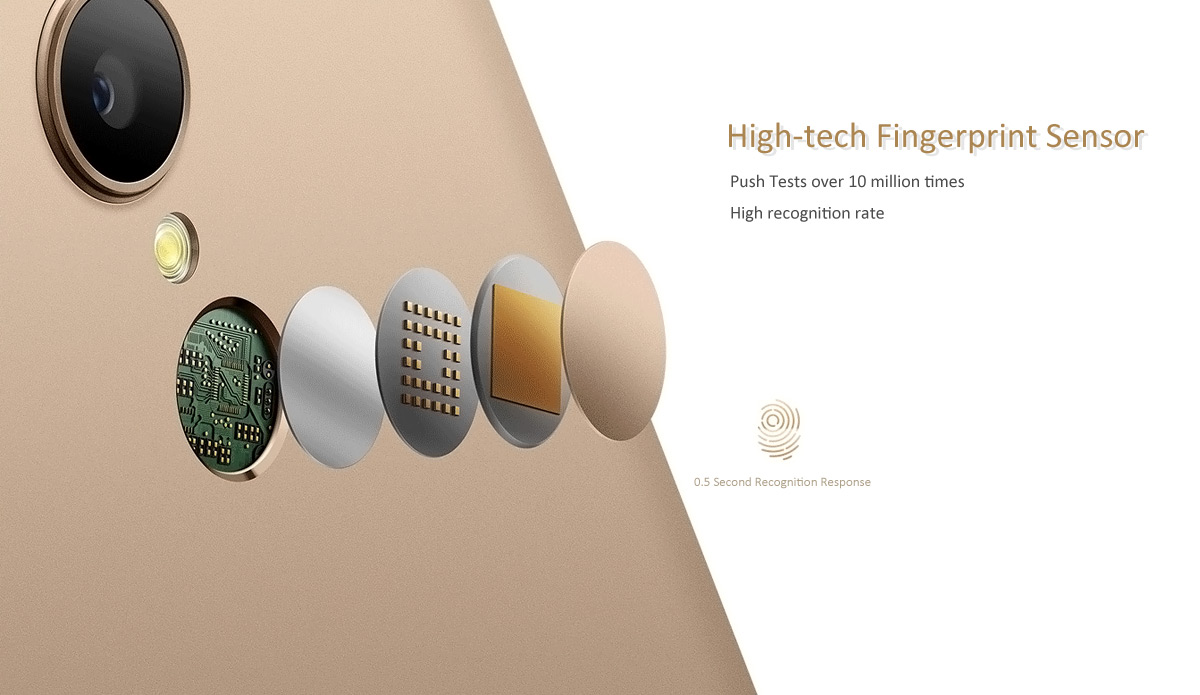
Camera
Camera type: Dual cameras (one front one back)
Back camera: with flash light, 13.0MP
Front camera: 5.0MP
Flashlight: Yes
Video recording: Yes
Media Formats
Picture format: BMP, PNG, JPEG, GIF
Music format: AMR, MP3, WAV
Video format: H.263, 3GP, AVI, MP4, RMVB, H.264
MS Office format: Word, Excel, PPT
E-book format: TXT, PDF
Live wallpaper support: Yes
Games: Android APK
Other Features
I/O Interface: TF/Micro SD Card Slot, Micro USB Slot, 3.5mm Audio Out Port
Sensor: Proximity Sensor, Ambient Light Sensor, Gravity Sensor
Additional Features: Sound Recorder, Bluetooth, People, GPS, Gesture Sensing, Browser, 3G, Proximity Sensing, MP3, Wi-Fi, 4G, MP4, FM
Battery
Battery Capacity (mAh): 3000mAh Built-in Battery
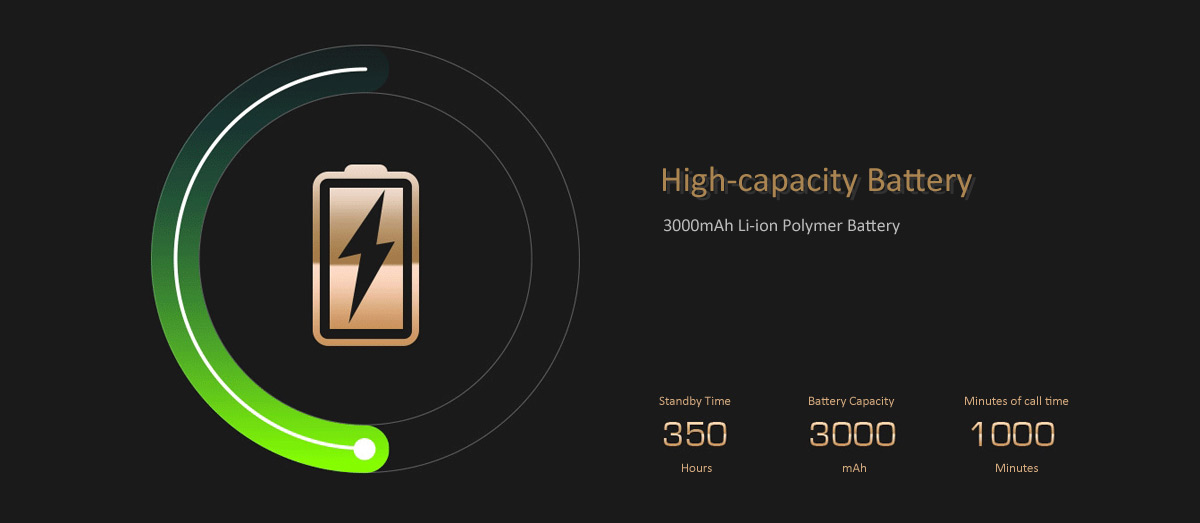
Package Contents
Cell Phone: 1
Power Adapter: 1
USB Cable: 1
Dimensions
Product size: 15.53 x 7.72 x 0.855 cm / 6.10 x 3.03 x 0.34 inches
Package size: 18.0 x 12.0 x 6.0 cm / 7.07 x 4.72 x 2.36 inches
Product weight: 0.160 kg
Package weight: 0.550 kg
You can Purchase the ZTE V5 3 4G now for $199.99 only from GearBest Here, limited quantity remaining.
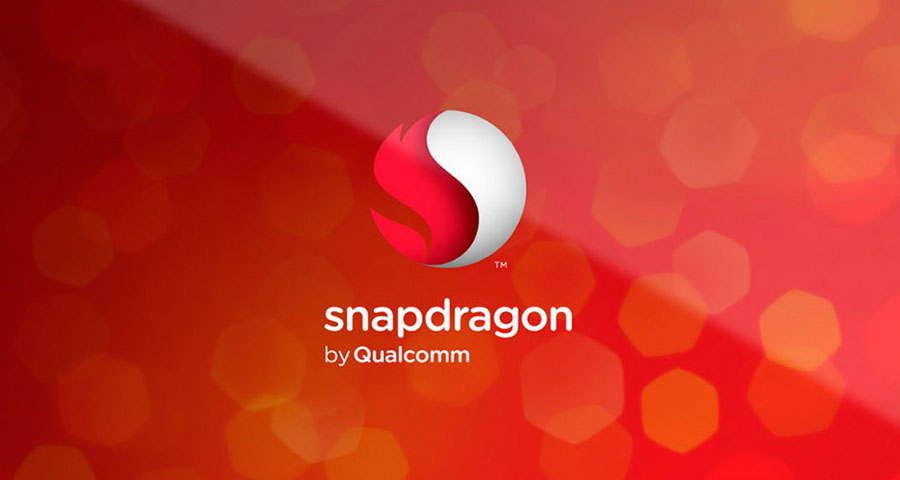
Reports that the new Snapdragon 810 chipset has been contending with heating problems has not stopped all OEMs from getting on board with the new Octa-core 64-bit silicon.
LG was the first manufacturer to announce it would be using the new system-on-a-chip in the new LG G Flex 2. The company said it was able to work around the chip's heat emissions. While that is arguably a good sign, it could also be seen as an acknowledgment that the Snapdragon 810 runs hotter than some would prefer.
The issue has been the source of reports that Samsung was forgoing use of the new Qualcomm chip, in favor of its own Exynos CPU for the next generation Galaxy flagship "Galaxy S6". However, it looks like Qualcomm is working on a redesign to address the heat emission issue and should have a solution for Samsung by March.

It is not known if that will be in time for Samsung's plans for manufacturing its new line of devices in 2015, but Qualcomm is undaunted since the Snapdragon 810 is obviously an integral part of the chipmaker's strategy.
For its part, LG has stated that heat levels are not solely about the CPU, but how a device is also designed to dissipate that heat. The company noted that the G Flex 2 was designed with the Snapdragon 810 in mind, so heat levels have remained within what LG deems optimal.

LG brought out what will certainly be one of the most innovative products at the CES 2015, the curved LG G Flex2. It's more compact and more powerful than its predecessor, more curved and heals faster.
Starting off with the display, LG's homemade P-OLED tech has improved over the last year and the new screen has 1080p resolution (up from just 720p). Meanwhile the screen diagonal has shrunken a bit to the more manageable 5.5" (down from 6").
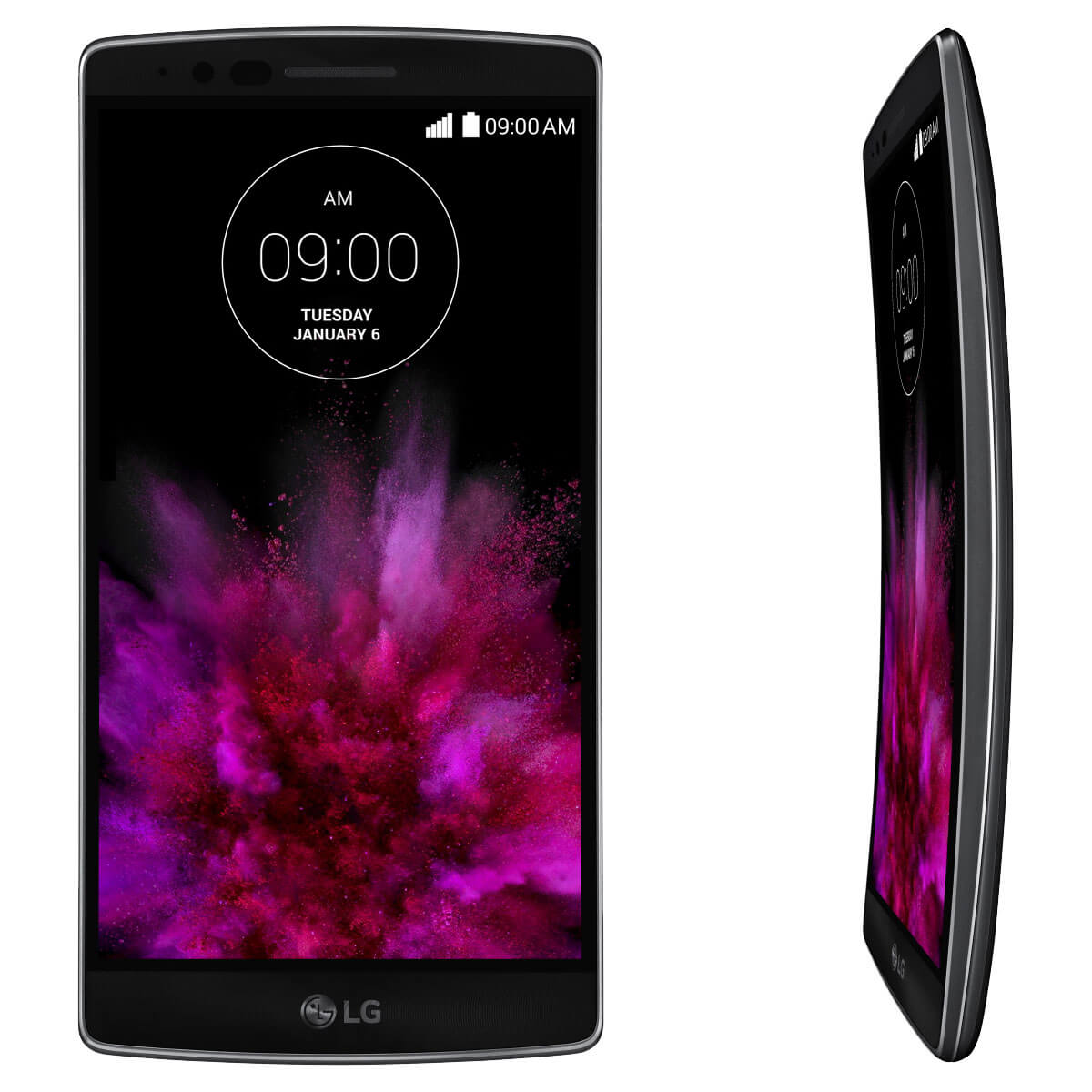
LG G Flex2 Full Specifications
The screen is protected by an LG-developed glass cover that is said to be 20% more durable than Gorilla Glass 3. The back has a special self-healing coating LG marked a massive improvement by cutting the heal time from 3 minutes to just 10 seconds at room temperature. Check the video below to see it in live action.
Anyway, the LG G Flex2 will be the most powerful device for a while it will be the first to bring Snapdragon 810 in consumer hands and it only renders at 1080p (not QHD!). The phone will launch with Android 5.0 Lollipop and 2GB RAM. For storage there's 16GB or 32GB, plus a microSD card.
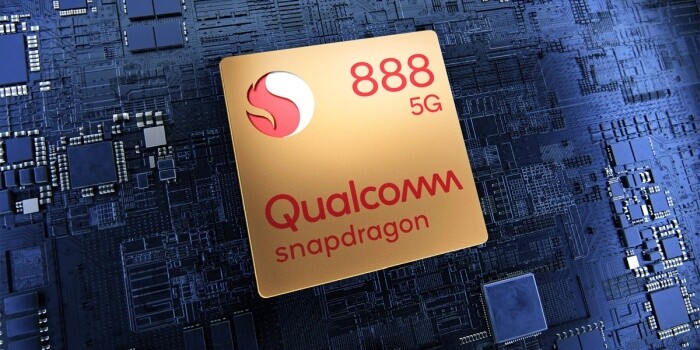
We have reached the end of 2020. This year brought so many new technologies and innovations in the smartphone industry and now we can expect some amazing flagship iterations in the next year. In 2021, most companies are going to update their processing systems to more powerful Qualcomm Snapdragon 888 Soc. This has begun and hence, we are going to look at the list of contenders for the next year's flagship that will be powered by the Snapdragon 888. Chinese smartphone manufacturers are at the top of this list. In fact, Qualcomm itself has named the companies which show how much American MNC values the Chinese vendors. Anyway, the list includes the company names like Xiaomi, Vivo, Oppo, OnePlus, etc.
The first phone that confirmed the use of Snapdragon 888 is the Xiaomi Mi. The series will include Mi 11 and Mi 11 Pro. A leak suggests that the devices will feature an AMOLED display with a 120Hz refresh rate, a 20MP selfie shot, a UFS 3.1 storage, face unlock, and an in-display fingerprint sensor. The Mi 11 will have a 4,780mAh battery with 30W wireless charging. The phone has a triple-camera system with 108MP primary sensor, 13MP ultra-wide, and a 5MP macro lens.
Nubia also confirmed that they will launch a flagship smartphone with the Snapdragon 888 in 2021. Among this, the Red Magic 6 series will be the first gaming mobile phone to feature this processor. Along Nubia, Oppo is releasing its flagship smartphone Find X3 with the same processor. The device is coming in Q1. According to the company, "Find X series will bring an unparalleled new experience to users worldwide". Although OnePlus officially confirmed to release a premium mobile phone in H1 2021. The series will include OnePlus 9 and OnePlus 9 Pro with a slightly different design with and without curved displays. They will likely have an AMOLED display that runs the latest OxygenOS 11 with the fas 65W fast charging. The device will feature a dual 48MP primary camera sensor and an ultra-wide camera sensor on the back.
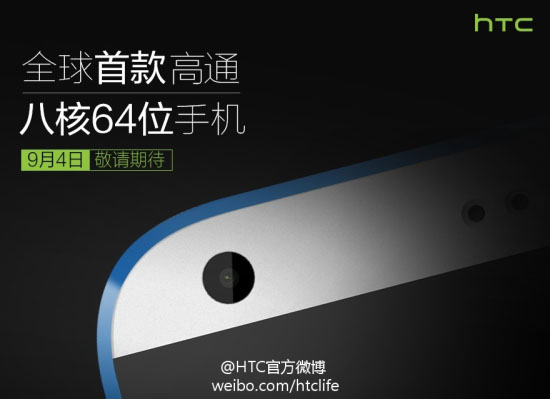
Looks like HTC will bring its Mid-range 64-bit Smartphone first, before it high end 64-bit (if any). HTC has officially announced that it's first 64-bit smartphone will be the mid-range Desire 820.
This has been officially confirmed via the HTC Weibo account though details are very scarce all the teaser images really say is "64-bit" and "September,4th". The first image lists off the HTC firsts first Android phone, first 1080p phone, first f/2.0 camera aperture and so on.
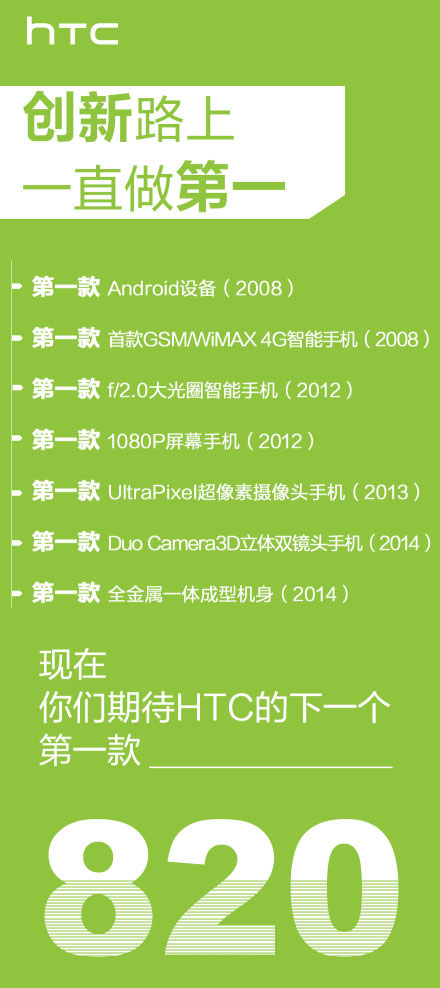
The second image is more interesting and shows what appears to be the front-facing camera, off to the side of a front-facing speaker grill. Our Chinese is spotty but that big "64" is hard to misinterpret.
The short text accompanying the second teaser image claims this is the "world's first octa-core 64-bit phone". If it's a Qualcomm chipset then it must be the Snapdragon 615 - it has eight Cortex-A53 cores (the 64-bit replacement of the Cortex-A7) and a next-gen Adreno 405 GPU.
Source (China)
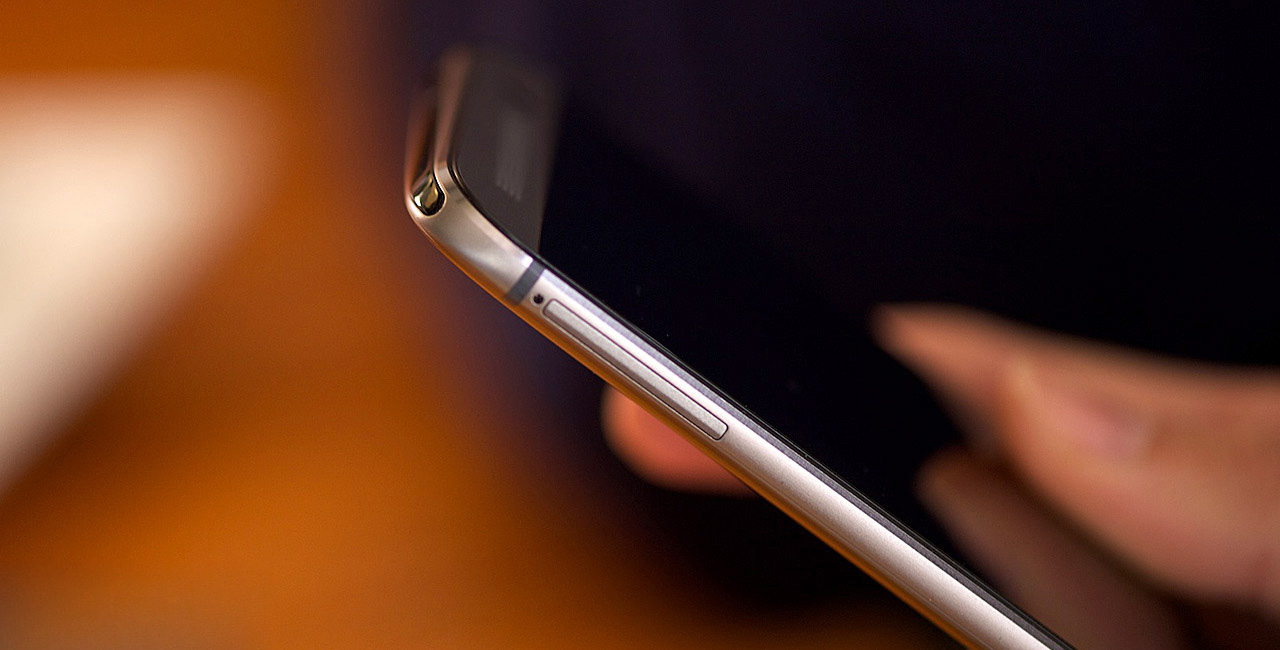
HTC is rumored to be preparing for a new phablet to compete with Samsung's Galaxy Note 4 in the market. HTC is reported to be named the HTC One M8 Max, it has also gone under the code name HTC One Prime, but new reports indicate that the handsets are the same but the final market name is not known yet.
HTC One M8 Max, is reported to have an impressive Snapdragon 805 chipset under the hood. This would make it a significant upgrade over the previous HTC One Max, which, disappointingly, only packed a Snapdragon 600 processor. THe display size will be 5.5" which is 0.5" bigger than the original HTC One M8.
Giving the HTC One M8 Max a larger screen and a faster processor just may make the device more alluring than Samsung's Note 4, especially since the Max will more than likely carry HTC's trademark aluminum casing. The premium feel, coupled with performance that is on-par with Samsung's Note line, should do well to sway consumers to pick an HTC phablet over a Samsung one.

When it comes to leaks, few can beat the Chinese social networking website Weibo as popular leaksters from Asia often choose the platform to unleash unofficial reports about technology. This time around, an image and certain details about the HTC 11 have been leaked on Weibo that point towards quite a beastly device from the Taiwanese company. Take a look at the leaked image above and the rumoured specs below to get an idea of what we are talking about here.
5.5-inch edge-to-edge QHD display
Qualcomm Snapdragon 835 SoC
6GB/8GB of RAM
256GB internal storage
3,700mAh battery with Quick Charge 4.0
Dual 12-megapixel cameras at the back and an 8-megapixel selfie cam in front
While the specs do look very impressive, we are a bit sceptical about the 8GB RAM though. We are not entirely sure that HTC will bump up the RAM count on their next flagship smartphone from 4GB on the HTC 10 to 8GB on the HTC 11. It is more likely that the HTC 11 may sport 6GB of RAM instead. I guess we will find out more as we inch closer to 2017.
Saikat Kar (tech-enthusiast)
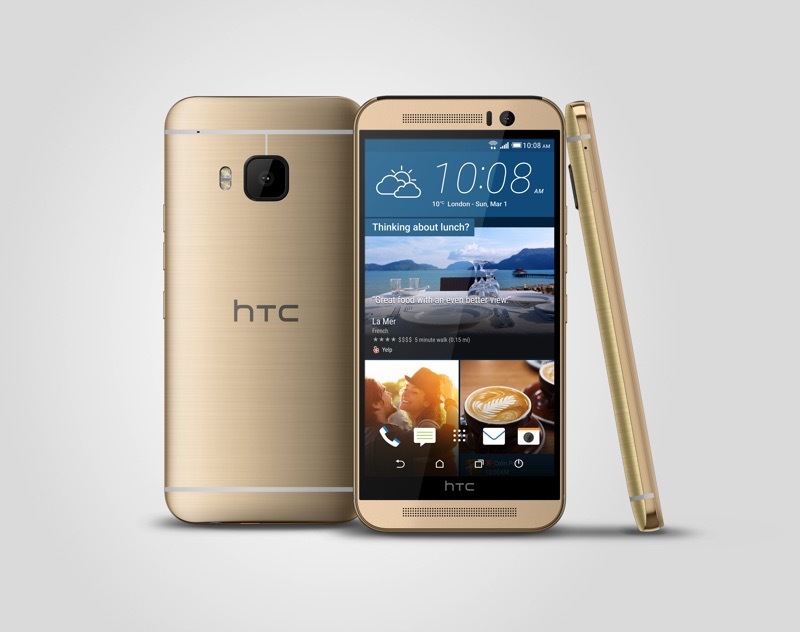
At the MWC 2015, HTC has just officially announced its 2015 flagship, HTC One M9, with a new refined design that features a Dual-tone Metal Unibody, scratch-resistant coating and sapphire glass on the camera lens.
HTC One M9 comes with refined design with less part count, dual anodization, and scratch-resistant coating and sapphire glass on the camera lens. While it looks a lot like the One (M8), the new One M9 design is more minimalistic and the smartphone is lighter and smaller. It has a single-part front bezel, new placement for the Power/Lock key, an improved volume rocker, and brand new color options.
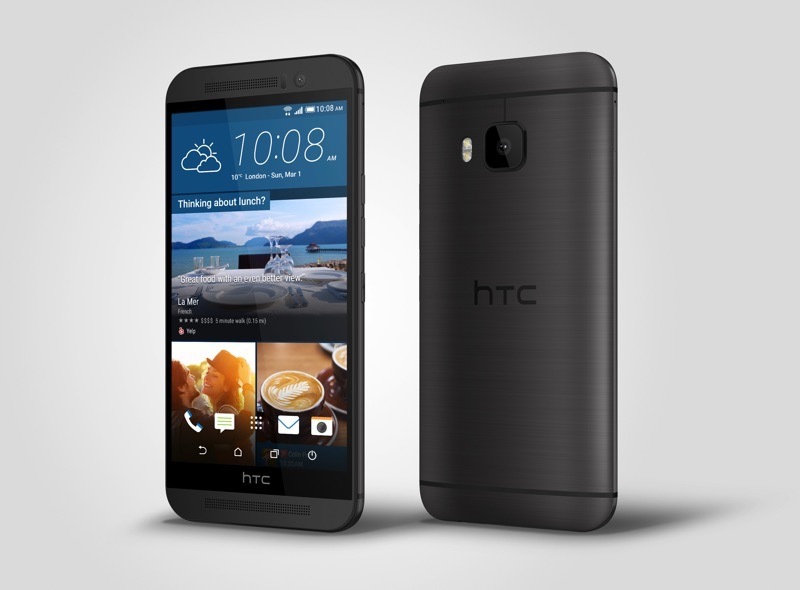
HTC One M9 packs a 5" 1080p display the same unit from One (M8) Super LCD3 with minor improvements on the technology and color rendering. The highlight of the front are the traditional BoomSound stereo speakers, now improved further by 5.1 Dolby surround Sound.
HTC One M9 Specifications/Price
The One M9 is powered by the latest Qualcomm Snapdragon 810 platform - an octa-core 64-bit processor with four Cortex-A57 cores at 2.0GHz and four Cortex-A53 working at 1.5GHz. The new Adreno 430 is responsible for the graphics, while the 3GB RAM will help with the multi-tasking.
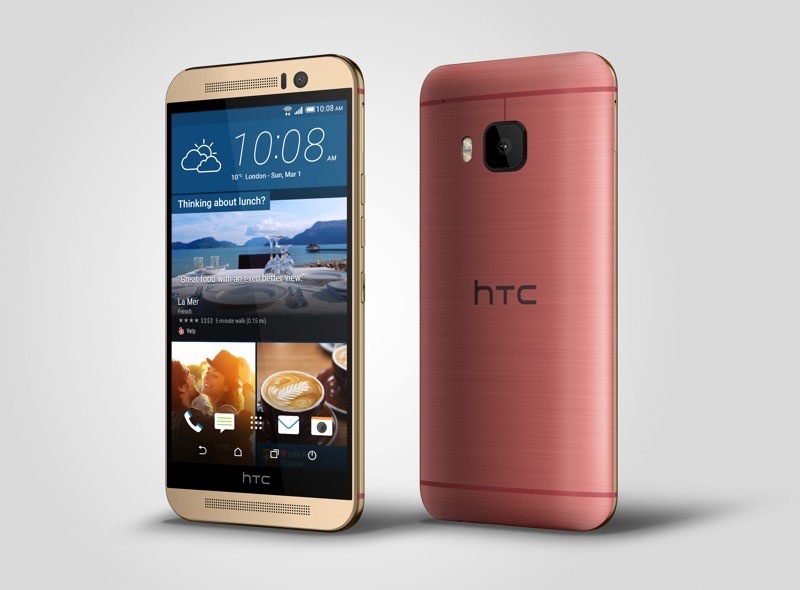
HTC One M9 runs on Android 5.0 Lollipop enhanced with the new HTC Sense 7 UI. HTC Blinkfeed is a major part of the new Sense and now content from the aggregator will be displayed on the lockscreen as well. The updated service also uses location specific suggestions, thanks to a new partnership with Yelp, and will be able to gives you various tips for nearby restaurants.
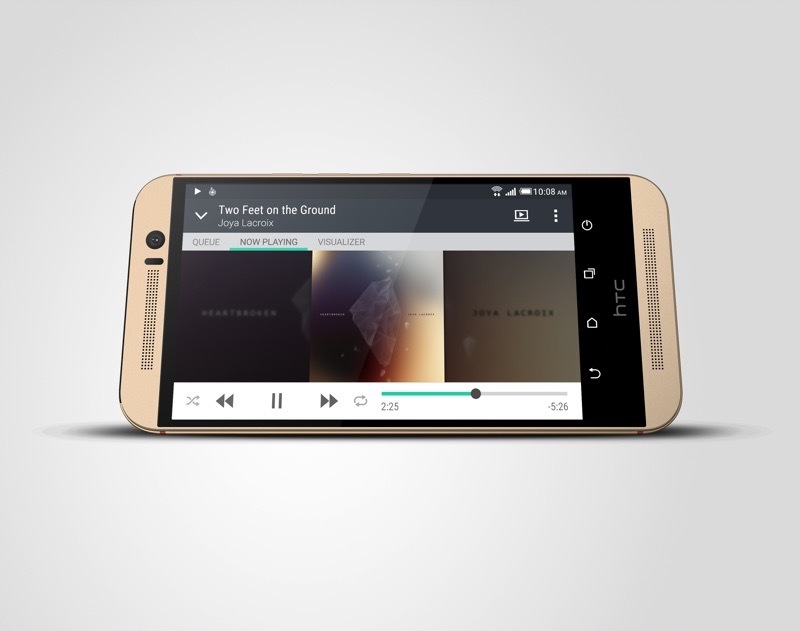
The entire concept of HTC Sense has changed and now the launcher supports themes, which will be able to change its looks completely backgrounds, colors, icons, even the keyboard. There will be a theme generator, which will support automatic theme generation by inputting just a single image.
HTC One M9 Specifications/Price
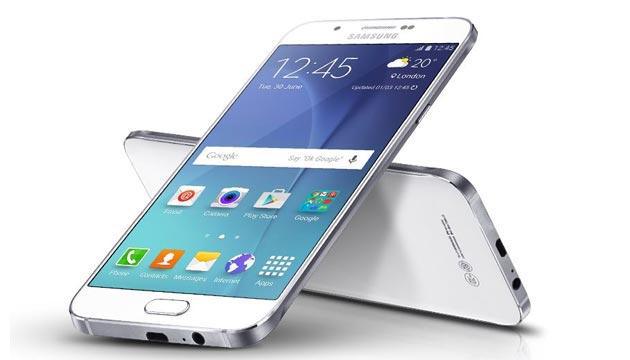
Samsung is on its way to launch a high-end Galaxy A series smartphone, the Galaxy A9, which also has been prone to several rumours. The device found its way to many online forums in the past few weeks disclosing its specifications. Now, GeekBench has managed to leak the device and some of the details can be confirmed now.
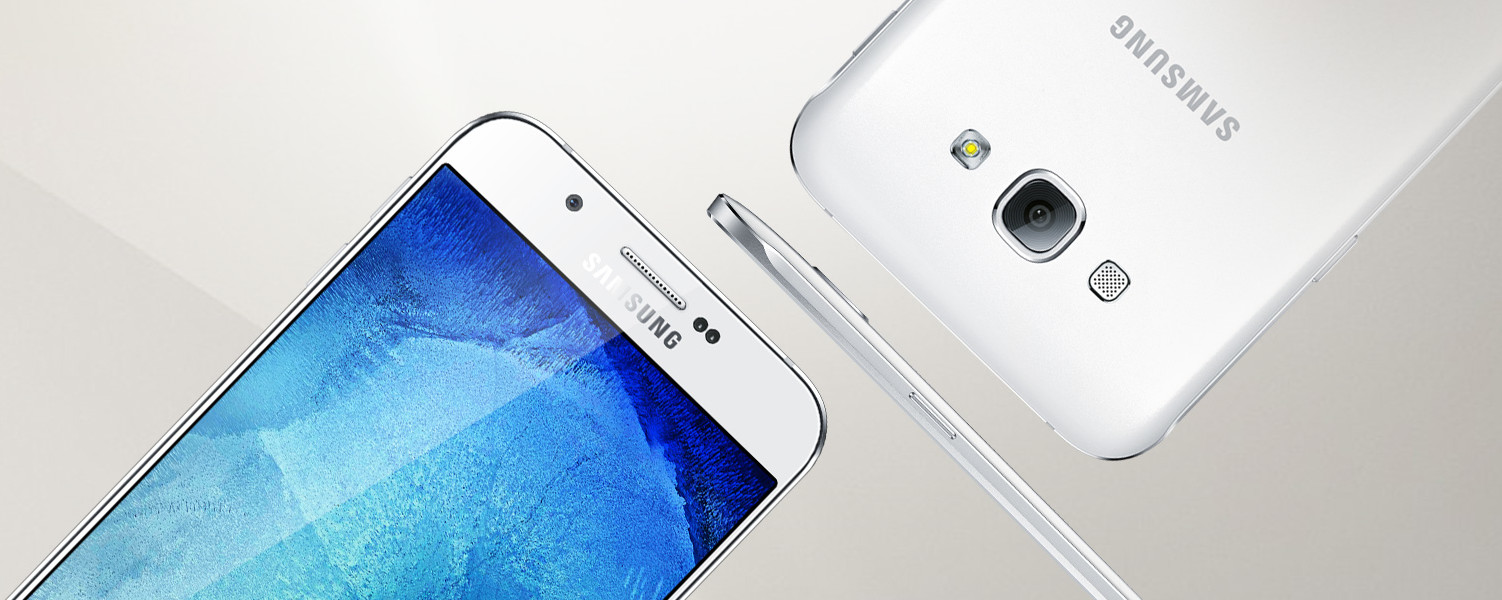
The SM-A9000, which will most likely be released as the Galaxy A9, will be powered with Snapdragon 620 (MSM8976) SoC. This will make it the first smartphone to be powered by this chipset. The Snapdragon 620 will have four Cortex-A53 CPU cores, four Cortex-A72 CPU cores, Adreno 510 GPU, and an integrated Cat. 7 LTE radio.
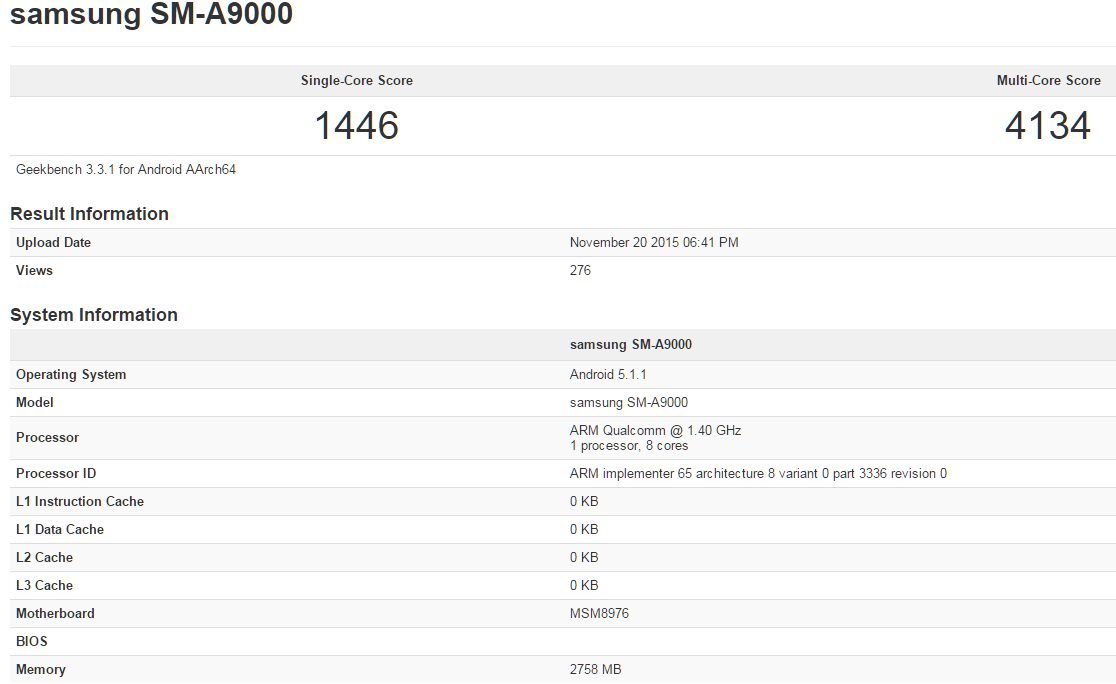
The device will come pre-packaged with Android 5.1.1 Lollipop, and feature a 6-inch Super AMOLED display with a resolution of 1080p which also adds up to 401 ppi. It will also be backed by 3GB RAM, 32GB of internal storage, a 16-megapixel primary snapper (with HDR and autofocus), and a 5-megapixel secondary camera. Connectivity is par with other similar devices which includes GPS, NFC, Bluetooth 4.0 LE. The only thing still unknown to us is the battery capacity. Samsung's official website has listed December 1 as launch date for the Galaxy A9. That makes it quite believable.

Samsung Galaxy A9 will be released following its predecessors like A3, A5, and A7 models of the revamped Galaxy A (2016) series. The images of the smartphone were leaked via official promotion and is expected to be available in the market this month.
The Galaxy A9 will have a 6" Super AMOLED screen of 1080p resolution and a Snapdragon 620 chipset backed by 3GB of RAM will power the phone. The 620 platform has a powerful octa-core 1.8GHz processor with 4x Cortex-A72 and 4x Cortex-A53 cores, and the GPU for graphics is Adreno 510.

The Galaxy A9 will be following the suit of the smaller A3, A5, and A7 from the 2016 series and will be built with a metal frame and dual 2.5D glass panels.
All other specifications of the Galaxy A9 are the following: a 13MP camera in the back with optical image stabilization and bright f/1.9 aperture. The 8MP selfie camera will also support panoramic pictures, 32GB expandable storage, LTE Cat.7 connectivity, and a 4,000 mAh battery.

With this type of stellar specs, the Galaxy A9 is also expected to feature power bank capabilities. Those would be supported natively by Android 6.0 Marshmallow, but the Galaxy A9 will be released with 5.1.1 Lollipop, which makes it difficult to confirm the availability of this feature.

Samsung Galaxy A9 is supposed to go official very early and be available for consumers in Christmas or in early January. The price in China will be more than CNY 3,000, which implies it will be more than €430.


After the C5, it was time for the C7 to reveal its specs and we like what we see. It is going to be powered by a Qualcomm Snapdragon SoC, 4GB of RAM, a 5.7-inch FHD display and a 3,300 mAh battery with support for Qualcomm Quick Charge 3.0. The Galaxy C7 will come in two storage options, 32GB and 64GB; both are expandable via micro-SD thankfully. The rear camera will have a 16-megapixel sensor, while the selfie cam will sport an 8-megapixel one. It will run on Android Marshmallow 6.0.1 out of the box as expected.
The handset will weigh in at 165g and measure in at 156.6 × 77.2 × 6.7mm. The Home button will act as a fingerprint scanner as well. The Galaxy C7 will be available in Rose Gold, Gold, Gray and Silver color options. NFC will be supported, along with Bluetooth v4.2, Wi-Fi 802.11 a/b/g/n/ac, GPS and 4G LTE. We even have the price for you here; $395/RMB 2,599 for 32GB of internal storage and $425/RMB 2,799 for 64GB of internal storage.
We are really interested to see how the new Snapdragon 625 performs inside the C7. It houses an octa-core CPU (Cortex-A53) clocked at 2.0GHz and an Adreno 506 GPU.
Author: Saikat Kar (Tech-journalist and enthusiast)
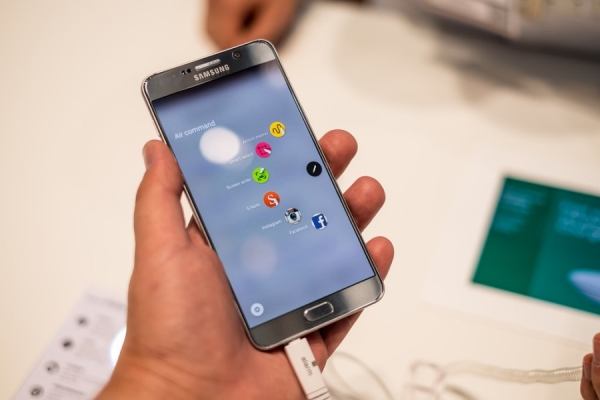
The Snapdragon 820 SoC is right now the most powerful chipset that's powering Android smartphones in the market, but rumor has it that an even more powerful processor is on its way from Qualcomm and it may power the upcoming Samsung Galaxy Note 6. If the rumor is true, then the Galaxy Note 6 might just become the most powerful phablet ever created. If we were to take a cue from Samsung's earlier releases in regard to the Note series, then the Galaxy Note 6 will probably be revealed somewhere in between August to September.
Although nothing has been officially confirmed yet, the SD 823 SoC is supposedly made up of 64-bit class Kryo quad core processors, a Hexagon Digital Signal Processor and the Adreno 530 GPU clocked at 720MHz. While the customers in the US will be able to enjoy the raw power of the 823 SoC (if the rumors are to be believed of course), the international variants will probably be powered by an Exynos processor. We have already seen the trend starting with the S7 and S7 Edge this year.
In other specifications, the Note 6 may sport a 5.8-inch Super AMOLED display with QHD resolution. It is also rumored to be backed up by 6GB of RAM, but the chances of seeing a 4GB RAM variant is much higher. The S7 has a very good camera and the Note 6 will supposedly see an even more improved camera performance with the help of something that is termed as Super Optical Image Stabilization System. Other standard features like water and dust resistance, along with the hybrid secondary SIM card slot/micro-SD card slot from the S7 series will almost certainly make their way onto the Galaxy Note 6 as well. We will keep you posted on this as things develop.
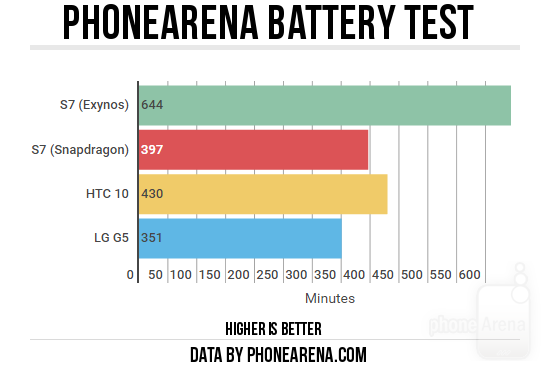
According to the latest test results made public by GameBench, the Exynos 8890 powered Galaxy S7 has exhibited a significantly better battery life, in comparison to the Snapdragon 820 version that is available in the US. In fact the difference is enough to surprise you and not in a pleasant way if you are in the US.
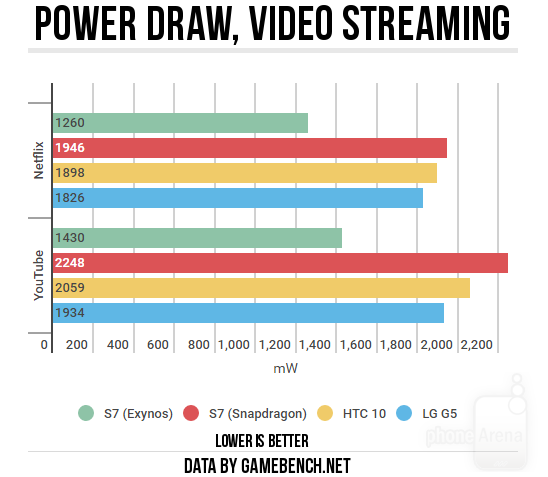
You can see all the data in the images, courtesy of PhoneArena, but the end result speaks for itself. Apparently, the S7 Exynos is 71% more power-efficient, as compared to the S7 Snapdragon version! Sadly, it is even the least power-efficient device when compared to two other SD 820 powered smartphones, the LG G5 and the HTC 10. Even though the Snapdragon variant was almost neck-to-neck in terms of audio playback, the Exynos version did beat it in that department as well.
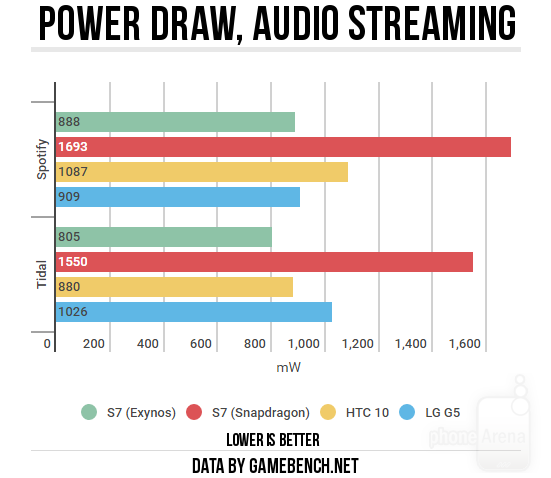
Keep in mind though that the snapdragon variant of the Samsung Galaxy S7 was from Verizon and had the expected bloatware as a result. Nevertheless, the difference in between the two variants is just too great to ignore or blame on the bloatware. We found the disparity to be surprising and disappointing, what do you think?
Author: Saikat Kar (tech-enthusiast)
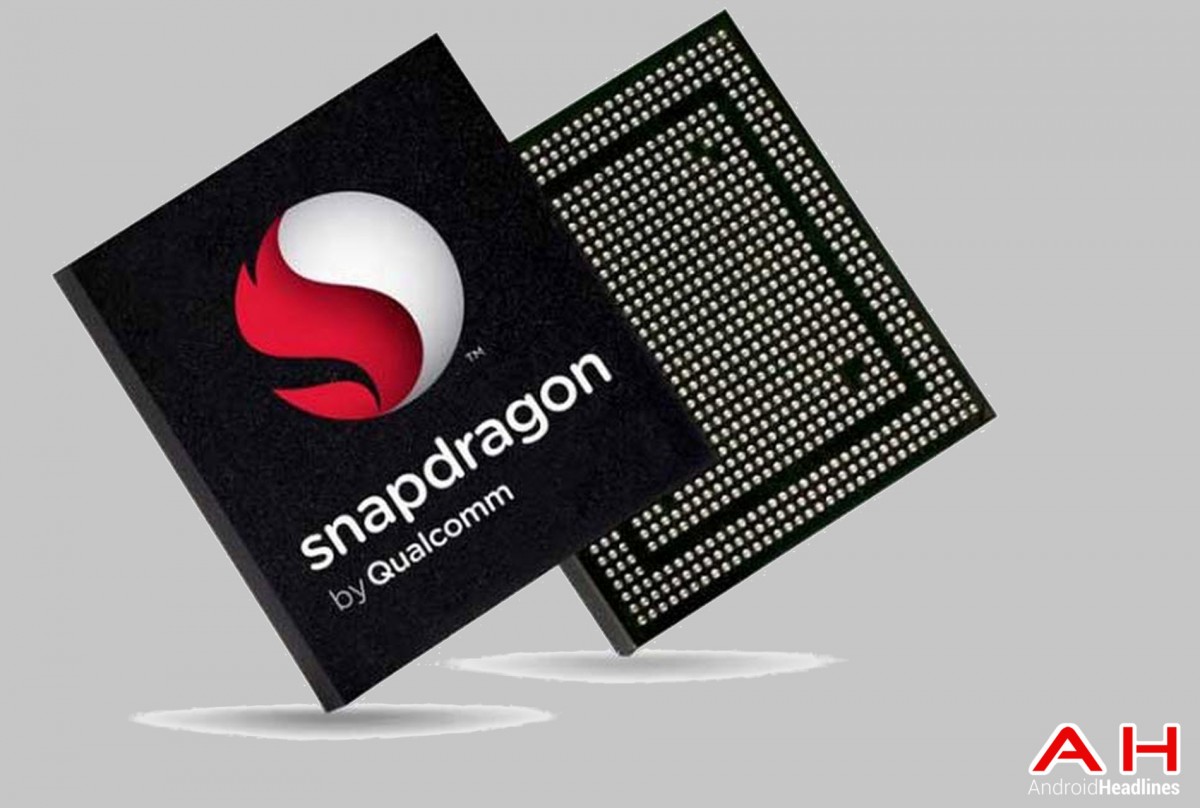
Following the Qualcomm Snapdragon 810 which suffered from initial reports out of Korea's Samsung about overheating in early mock-ups causing a delay in the release of one of their flagship phones, the Snapdragon 820 is expected to re-establish Qualcomm's leadership position in mobile-specific microchips.
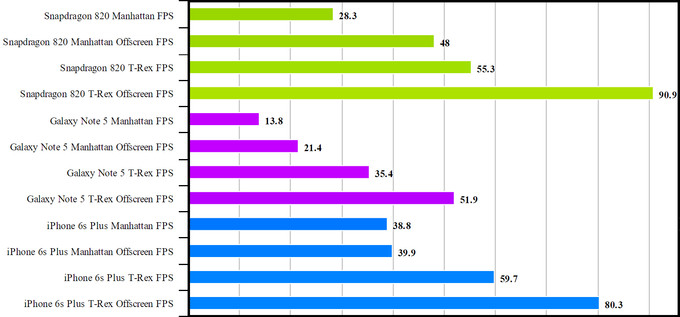
Samsung develops its own Exynos range of SoC that it puts into model variants, particularly in Asian markets, which it used when Qualcomm came up short with the 810. The Galaxy S6, S6 edge, S6 edge+ and Note 5 all used Samsung's over SoC instead of Qualcomm. However, the latter chip-maker is roaring back with its upcoming 820.
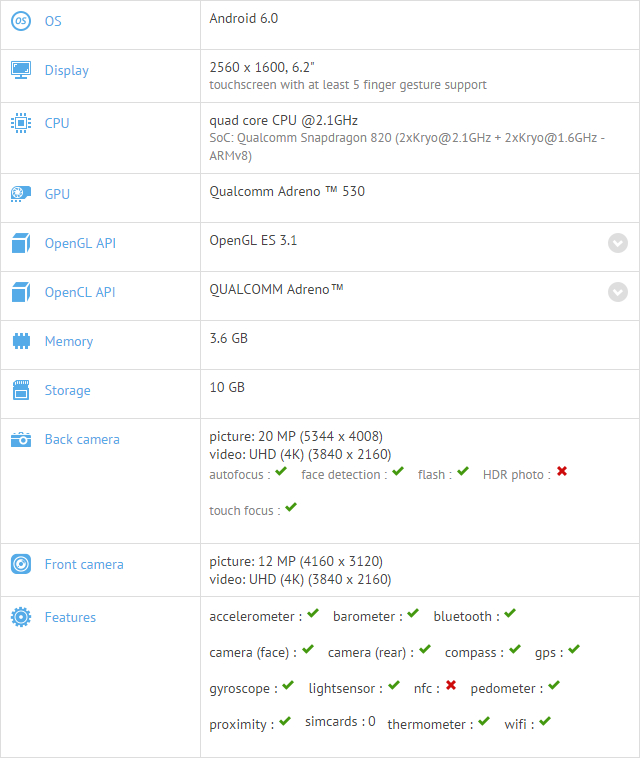
Leaked benchmark scores for both Geekbench and AnTuTu indicate that the Snapdragon 820 is likely to outperform the collection of competitors with their best 2015 releases. The benchmark scores beat the Note 5 and even matched the iPhone 6S Plus in some off-screen tests while lagging a little with the on-screen ones.
The test screenshots refer to the SD820 being used on a 6.2-inch smartphone with an eye-gouging 1600x2560 resolution with 4 GB of RAM. Clearly the 820 was being pushed hard with the sheer number of pixels being moved around on the screen during the testing on the Android 6.0 platform. In fact, the number of pixels being managed on-screen far exceeds that of the iPhone S6 Plus which likely explains the on-screen under-performance compared to the Apple model.
LeTV announced the Le Max Pro will use the 820, but Samsung is also expected to release details about the Galaxy S7 in a couple of weeks which is likely to adopt the new Qualcomm technology in some of its phone variants.
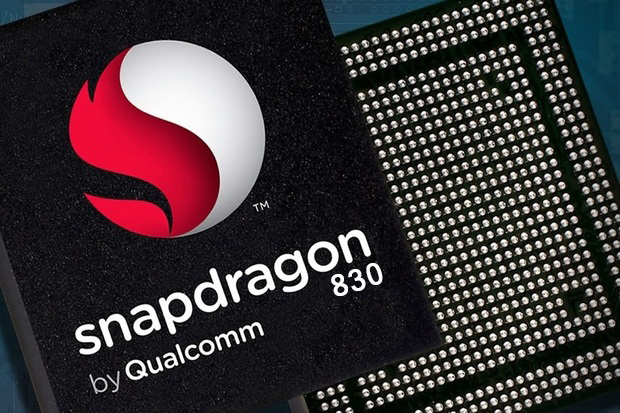
We are pretty much used to seeing Qualcomm manufacturing the flagship grade 8xx series of Snapdragon processors every year for a while now, but rumors are indicating that this scenario could change in 2017. Samsung might just be exclusively manufacturing the upcoming SD 830 SoC for Qualcomm next year. The same rumor also reported that this new chip would be based on a 10nm FoFLP process, which is a new cooperative venture by Samsung and Qualcomm. This new Fan-out Panel Level Package (FoFLP) process will make printed circuit boards unnecessary for the package substrate. The advantages will include better battery life and thinner frames along with making I/O ports much easier to put in.
Allegedly, Samsung will continue to produce its own brand of Exynos processors as well and the upcoming Galaxy S8 will be launched in the same way as it had been done this year. This means that the international version of the S8 will sport the Exynos 8895 SoC, while the US versions will come with SD 830. However, the performance and battery life of the two variants should not differ by much next year, if both chips are made by Samsung on a 10nm process.
Saikat Kar (tech-enthusiast)
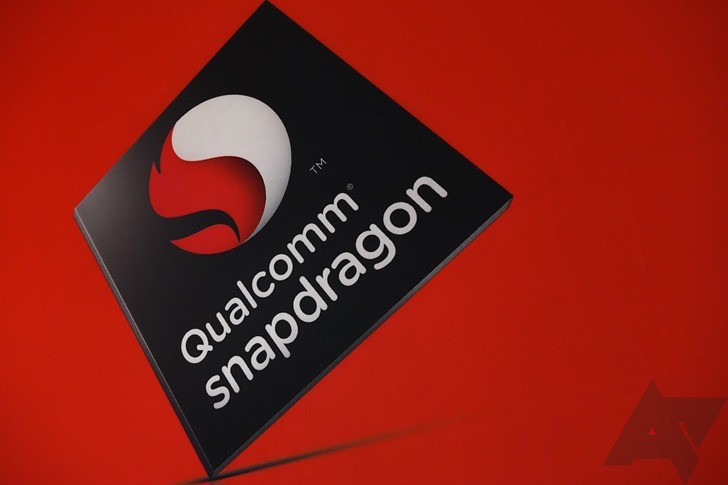
As you probably know already, the next Qualcomm Snapdragon flagship chipset has been made official jointly by Samsung and Qualcomm at a press event two days ago. The Snapdragon 835 chip marks Qualcomm's shift from the older 14nm process to the new 10nm FinFET process by Samsung, who will also be manufacturing all of the chips for Qualcomm in 2017.
According to a recently leaked spec sheet online, the MSM8998, aka the Qualcomm Snapdragon 835 SoC will be powered by an octa-core processor and the Adreno 540 GPU based on the company's own 64-bit Kryo 200 architecture. Support will be added for 4-channel LPDDR4X-1866 RAM and UFS 2.1 for internal storage. The 835 chip will also be compatible with LTE X16 modems with up to 1Gbps speed on LTE Cat.16.
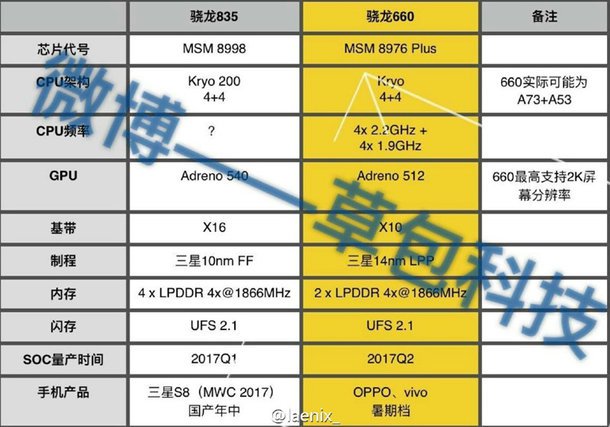
Interestingly, the Qualcomm Snapdragon 660 SoC also came into focus via the same leak and was revealed to be an octa-core CPU as well. Instead of the Adreno 540 GPU, the 660 will be powered by a less powerful Adreno 512, but the sheet promisingly shows that the mid-range CPU is capable of being clocked as high as 2.2GHz. Unlike its more premium sibling, the SD 660 will be built on the 14nm FinFET LPP process by Samsung. It will support the X10 LTE modem, UFS 2.1 for internal storage and 2-channel LPDDR4X-1866 RAM.
As far as release dates are concerned, it looks like the Snapdragon 835 will make an early debut in the first quarter of 2017, while the Snapdragon 660 will be released later in Q2, 2017.
Saikat Kar (tech-enthusiast)

The Samsung Galaxy C9 Pro is now official as it was unveiled earlier today in China. This is the first smartphone from Samsung's arsenal to come equipped with 6 gigs of RAM, as well as a Qualcomm Snapdragon 653 SoC. The huge phablet sports a 6" display that's even larger than Samsung's Note series of smartphones. However, in spite of being larger, the panel sports a lower resolution than the company's flagship smartphones as it is Full HD, instead of Quad HD.
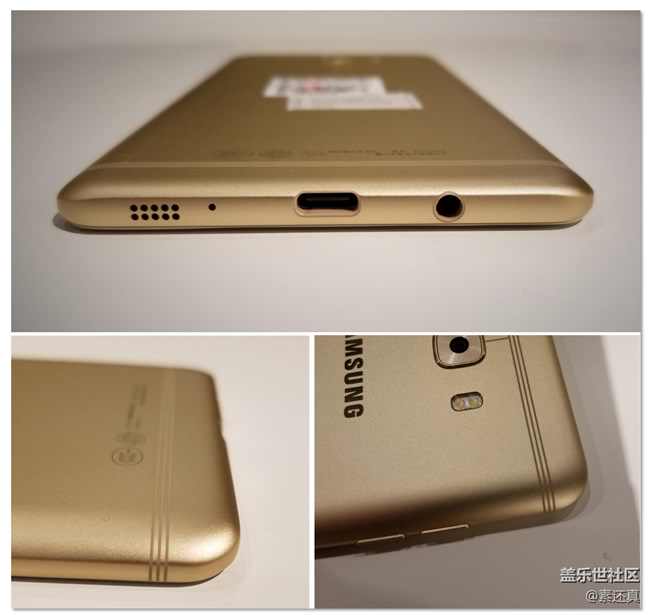
Other specs of the phablet include 64GB of internal storage, a micro-SD card slot, 16-mp sensors for both the rear and the front camera with f/1.9 aperture, a 4,000mAh battery, dual SIM slots with 4G LTE support, fingerprint sensor, Cirrus manufactured Hi-Fi audio codec, a 3.5mm audio jack, NFC, Samsung Pay, Android 6.0.1 and an all metal body. We are particularly interested to see how the octa-core SD 653 performs, which is powered by four Cortex-A72 cores and four Cortex-A53 cores. The powerful Adreno 510 GPU supporting the CPU cores should also be able to take care of any modern Android games that you throw at it, especially since it's only a 1080p panel on the C9 pro.
Saikat Kar (tech-enthusiast)
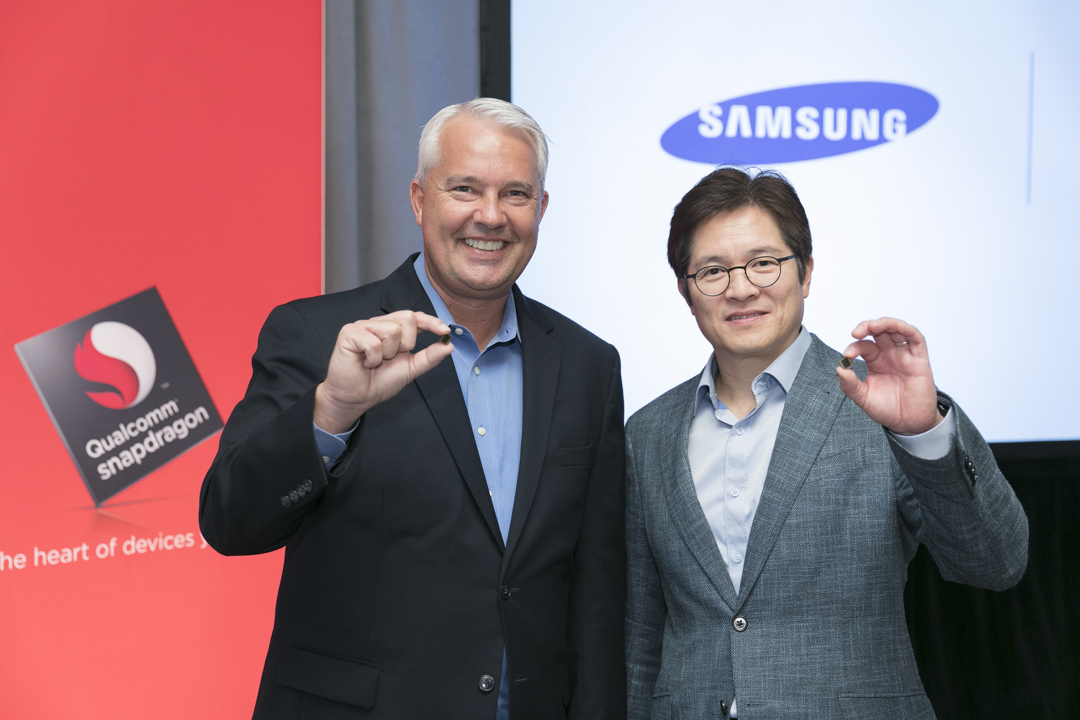
We had been hearing about the connection between Samsung and Qualcomm's next mobile chip, but now we have confirmation and clarity about what exactly is going on between the two behemoths. Samsung and Qualcomm have joined forces in bringing forth the Snapdragon 835 SoC, built on the 10nm FinFET process utilized by Samsung. What this means is, along with producing their very own next-gen Exynos chips, Samsung will also be manufacturing the next Qualcomm Snapdragon flagship chips in 2017.
Interestingly, Qualcomm has decided to name the next SoC as Snapdragon 835, instead of the expected Snapdragon 830 moniker. I am guessing this has been done to mark Qualcomm's shift from the 14nm process to the 10nm process. All of this was unveiled at a press event held in New York City, which was attended by both the parties. In the words of Keith Kressin (Senior VP of Product Management, Qualcomm),
"Using the new 10nm process node is expected to allow our premium tier Snapdragon 835 processor to deliver greater power efficiency and increase performance while also allowing us to add a number of new capabilities that can improve the user experience of tomorrow's mobile devices."
Saikat Kar (tech-enthusiast)
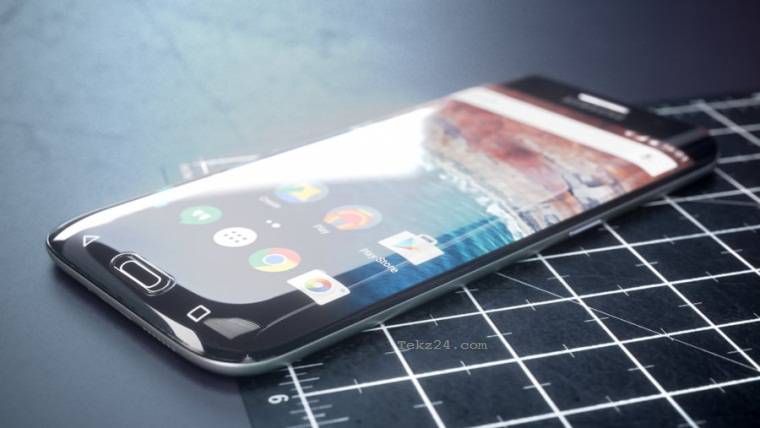
It seems just yesterday when the Galaxy Note 7 was released and eventually discontinued, but we are now inching closer to the release date of the Galaxy S8. Granted that no date has yet been set in stone, it cannot be more than just a few months away at this point. Today, we have a new report/rumor for you, straight out of China (Weibo) and reported by TechTastic. It states that the S8 will sport 6GB of RAM and 256GB of internal storage, along with the upcoming Samsung-manufactured Qualcomm Snapdragon 835 SoC.
Some of the other rumors surrounding the S8 include a dual rear camera module, an edge-to-edge pressure-sensitive 2K/4K curved display, a brand new AI virtual assistant and Quick Charge 4.0. It will be interesting to see whether Samsung launches a separate Exynos version of the Galaxy S8 as well, since the Korean giant itself is producing the SD 835 chip for Qualcomm this year. Some reports are also suggesting that there might even be a 6.2-inch version of the S8 next year, but I am not so sure about that!
Saikat Kar (tech-enthusiast)
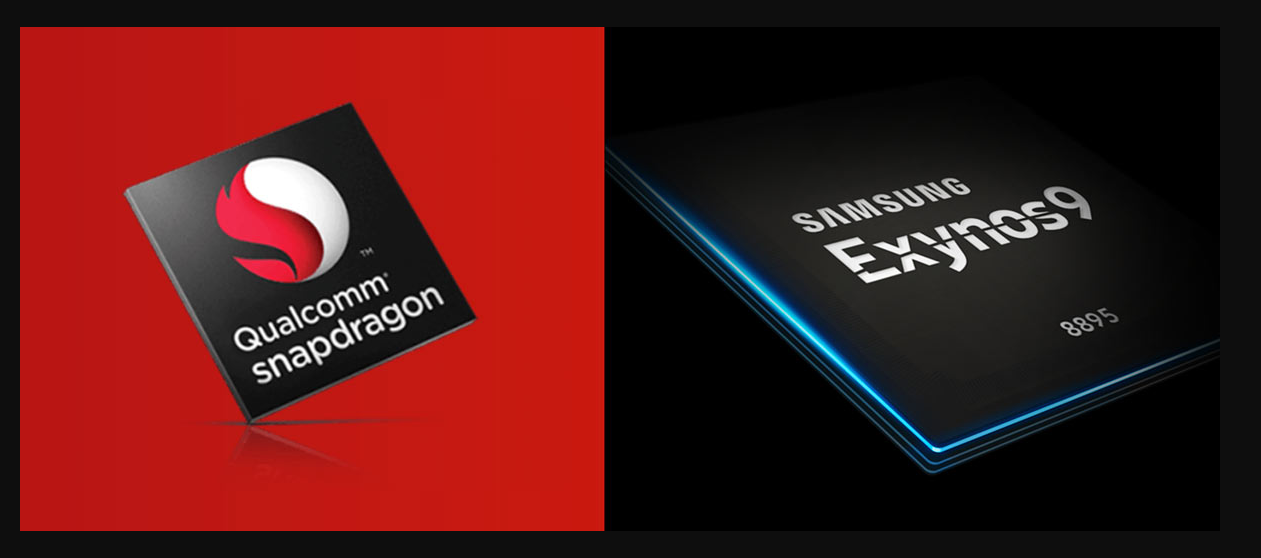
The details about the Galaxy S8 series and the two chips which will be powering the flagship handsets when they are launched in March are now out and about. Although most of the info regarding the S8 is based on leaks and rumors, the Exynos 8895 and the Qualcomm SD 835 have already been unveiled by the manufacturers. Therefore, let's do a mini comparison in-between them to see if any one of them can be called better than the other.
CPU Cores
SD 835: Kryo 280
Exynos 8895: Custom cores + Cortex A53
CPU Configuration
SD 835: 4 x 2.45 GHz, 4 x 1.9 GHz
Exynos 8895: 4 x 2.5 GHz, 4 x 1.7 GHz
GPU
SD 835: Adreno 540
Exynos 8895: Mali-G71 MP20
RAM
SD 835: 2 x 32-bit LPDDR4X 1866MHz
Exynos 8895: LPDDR4X
Camera
SD 835: 16MP Dual, 32MP Single
Exynos 8895: 28MP+16MP Dual, 28MP Single
Video Recording
SD 835: 4K @ 30FPS
Exynos 8895: 4K @ 120FPS
Video Playback
SD 835: 4K UHD @ 60fps
Exynos 8895: 4K UHD @ 120fps
Flash Storage
SD 835: eMMC 5.1 / UFS 2.1
Exynos 8895: eMMC 5.1 / UFS 2.1
Modem
SD 835: LTE Cat. 16 4CA 1 Gbps down/LTE Cat. 13 2CA 150 Mbps up
Exynos 8895: LTE Cat. 16 5CA 1 Gbps down/LTE Cat. 13 2CA 150 Mbps up
Charging
SD 835: Quick Charge 4.0, WiPower
Exynos 8895: Samsung Adaptive Fast Charge, Qi, PMA
As you can probably see, it's hard to declare a clear overall winner, although the Mali-G71 MP20 GPU seems to be more capable compared to the Adreno 540 in terms of video recording and video playback. Everything else seems more or less neck-to-neck.
Saikat Kar (tech-enthusiast)
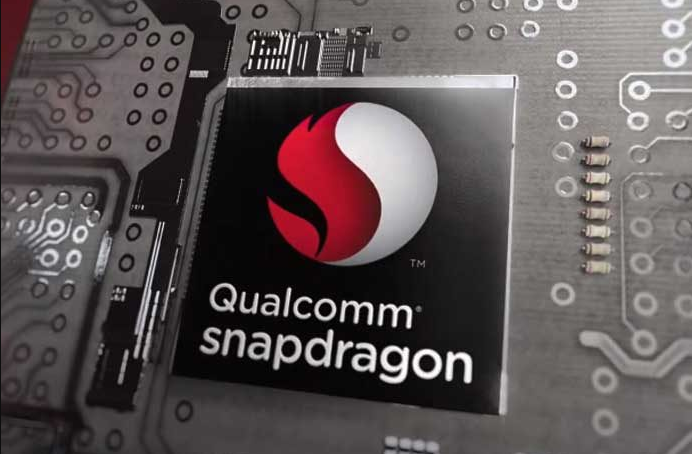
According to a report by SamMobile, the next flagship chipset from Qualcomm which will likely replace the current gen flagship Snapdragon 835, is already in the process of development. Samsung will allegedly be working with Qualcomm to make this one as well, just like it did with the SD 835. This SoC will reportedly be powering the Galaxy S9 in 2018 and not the Note 8 which will come out later in 2017.
The chipset which might be called the Snapdragon 845 could also be mass manufactured by Samsung in 2018, although there's a chance that Taiwan Semiconductor Manufacturing Company (TSMC) might also get the contract.
It is to be noted that Samsung had also announced a month ago that they will be producing 6nm and 8nm chips in the near future as well, which offer an even better power-efficiency than what has been achieved by the already impressive first generation 10nm chips; the SD 835 and the Exynos 8895. If you thought the Galaxy S8 was impressive, wait till the Note 8 and the Galaxy S9 hits the market in late 2017 and early 2018 respectively.
Via: SamMobile
Saikat Kar (tech-enthusiast)
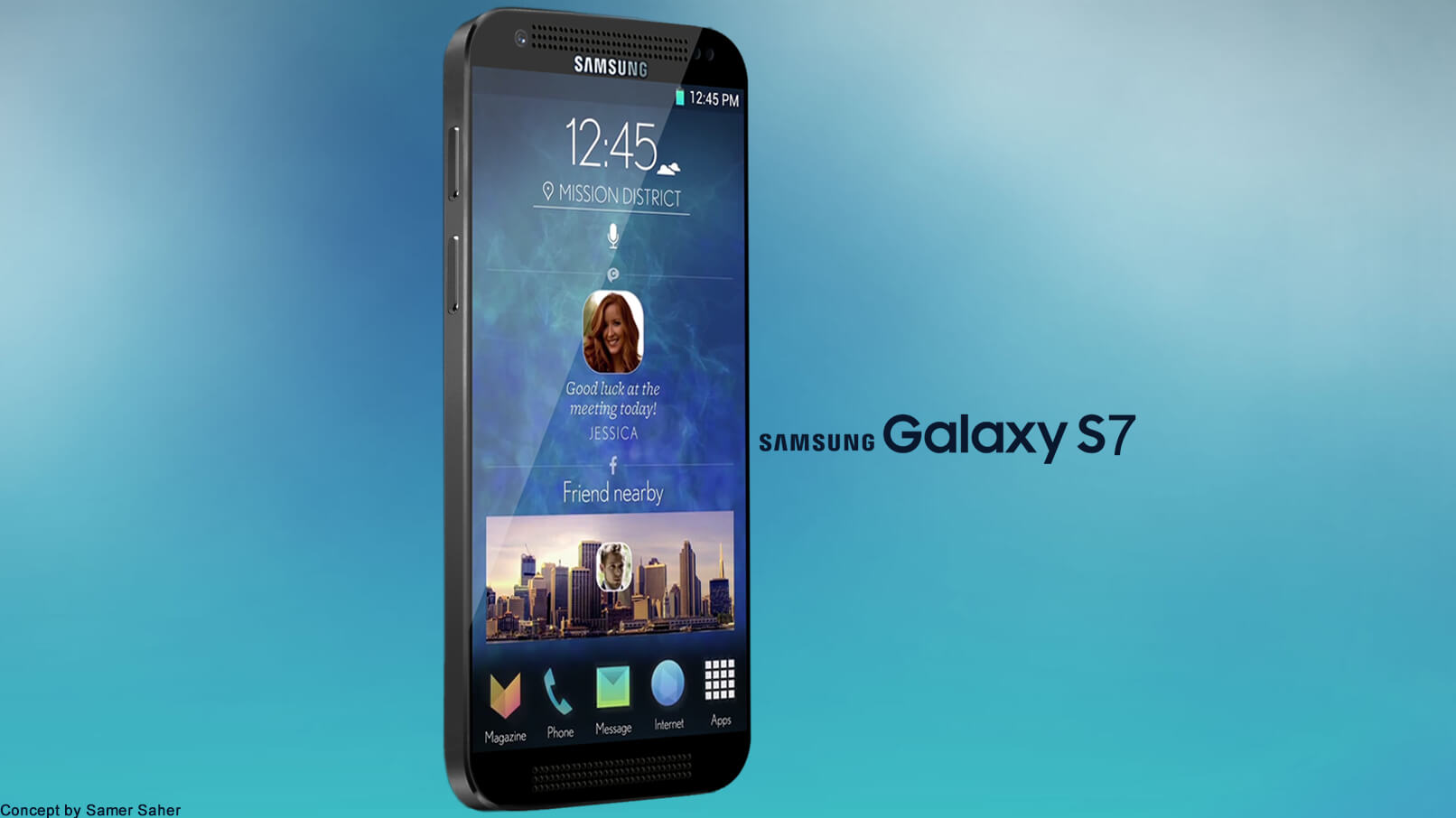
A New Galaxy flagship is coming along with a new set of leaks roo. Some leaked documents from Samsung HQ in Korea showed that the company is currently in the middle testing stages of the Galaxy S7.
Codenamed "Jungfrau" the Galaxy S7 might see a month or two faster development schedule than the Galaxy S6, courtesy of an improved project management process, dubbed "Agile." This could very well jibe with the previous rumors that Galaxy S7 will be ready in the second half of the year, though it might not exactly hit the shelves in time for Christmas, but rather be announced earlier than usual when 2016 hits.
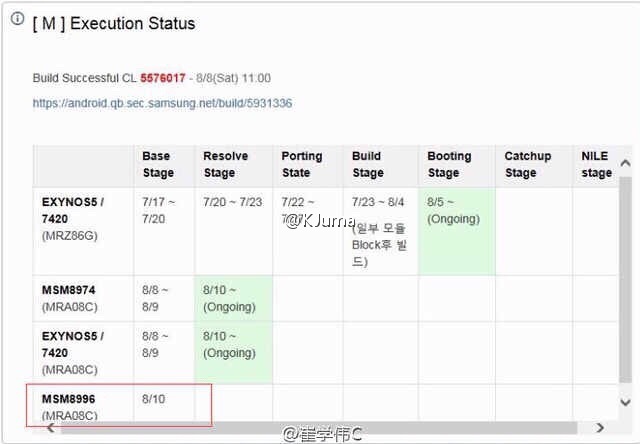
Samsung Galaxy S7 will be packing the latest Snapdragon 820 and running Google's upcoming Android M release. However, The Korean giant is still developing a firmware build with Android M v5.2 for the S7 based on the latest developer previews (Google didn't release the final M version, yet).
.jpg)
More leaks are coming our way, So stay tuned and follow our News!
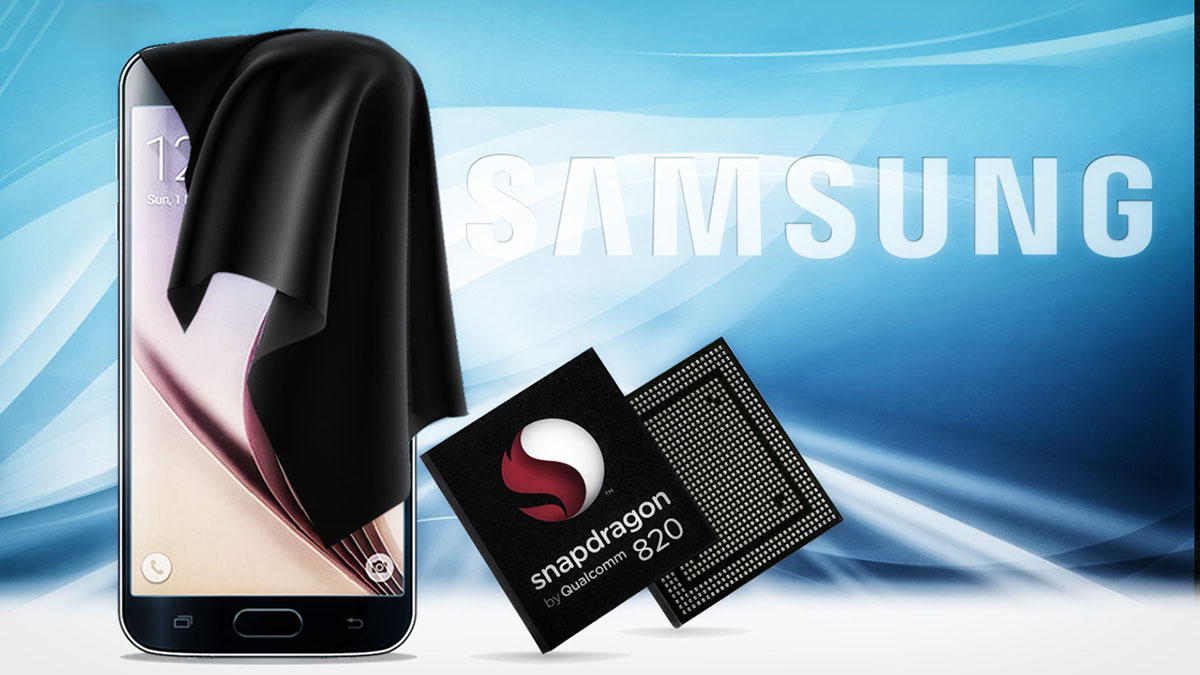
A couple of weeks ago, a report from the South Korean media claimed that Samsung is considering the launch of two separate Galaxy S7 versions, one that will be based on Samsung's successor to the Exynos 7420, and one that will rock the Qualcomm Snapdragon 820. According to a new rumor, Samsung has expanded the team of engineers that are working on optimizing the Qualcomm Snapdragon 820 chipset for use on the upcoming Samsung Galaxy S7.
One new detail that was brought forward today by the source is that Samsung is the first manufacturer that gets access to Snapdragon 820 testing samples. Now, such a development would seem to indicate that Samsung has secured orders for manufacturing the Qualcomm Snapdragon 820 on its 14nm FinFET technology, as was previously rumored. However, this is some reading between the lines on our part, and not info coming from the source of this rumor.
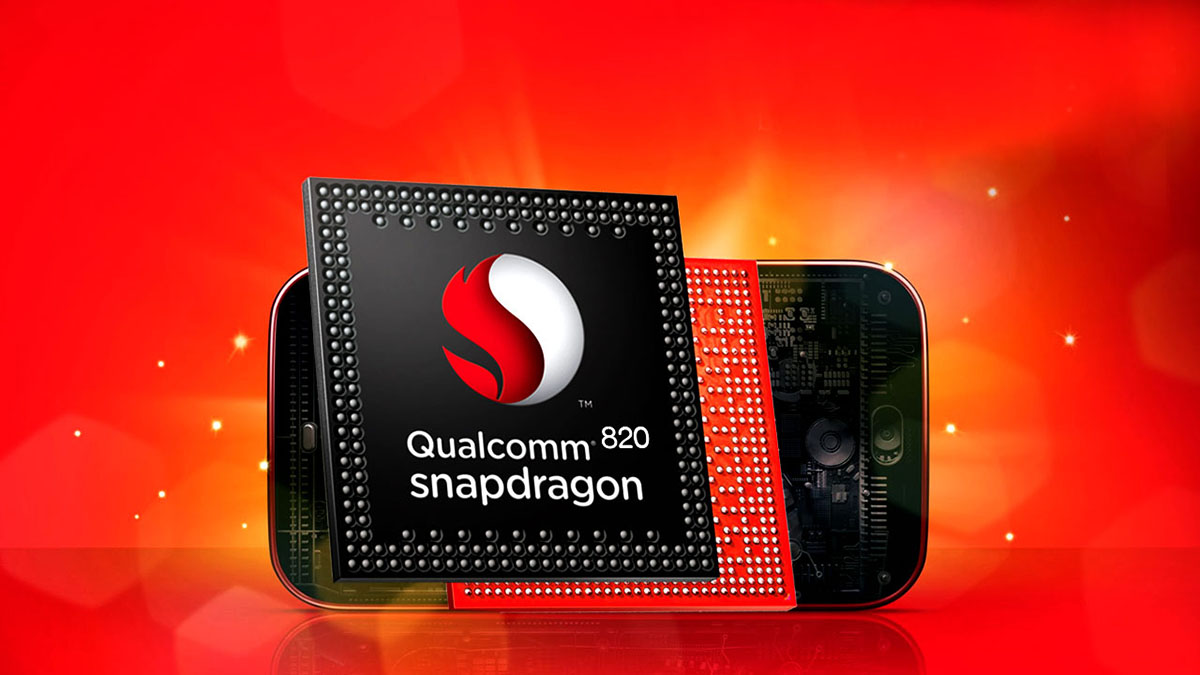
After dropping the ball with the Snapdragon 810, a chip that was plagued by poor thermal performance, Qualcomm has a lot riding on the Snapdragon 820. Although the chipmaker has yet to announce all of the hardware details, Qualcomm has already revealed that its upcoming high-end chip will come with a custom CPU architecture, an Adreno 530 GPU that's said to be 40% faster than the Adreno 430 inside the Snapdragon 810, a new DSP chip, as well as built-in malware protection.

Oppo has launched a new smartphone, the K5. The launching event proved many leaks true, as the phone has more powerful and latest processing chip - Snapdragon 730G processor, 6GB Sku and a quad-camera system at a rear side. The rear camera features a 64-MP sensor. The K5 is also the first device to feature a VOOC 4.0 battery. It is reportedly rated to charge a 4000mAh battery in just 73-minutes.
The device has a 6.4-inch AMOLED display panel with a resolution of 1080 x 2340 pixels and an aspect ratio of 19.5:9. This display, unlike its predecessor K3 has a waterdrop notch instead of a pop-up camera for selfie pictures. It contains a 32MP lens for the front camera. The rear camera has a 64MP primary lens that uses Samsung's GW1 sensor, an 8MP ultra-wide-angle camera. Also included 2MP cameras for portrait effects. Theoretically, the device is a competent smartphone and has 8MP memory and up to 256GB of storage. The phone also gets a frame boost and touch boost optimization for a better gaming experience.
It runs on Android 9 Pie with ColorOS 6.1 over the top. The Oppo K5 is a dual-SIM smartphone that accepts Nano-SIM cards. For connectivity, it includes Wi-Fi, GPS, NFC, USB type-c, 3G and 4G. Sensors on the phone include accelerometer, ambient light sensor, compass/ magnetometer, gyroscope, proximity sensor, and fingerprint sensor. The Oppo K5 supports face unlock. It may have a lot of premium features but it falls into a mid-range smartphone thanks to its price tag. OPPO K5 price in India is expected to be Rs. 18,990.

Oppo just released two new smartphones in the Reno4 series in China. The Reno4 and Reno4 belong to upper mid-range smartphones with some premium features. The main selling point for the phone is its powerful camera, embedded AI software for the optimized images and its weight. Yes, it is one of the slimmest phones you have ever watched.
The Oppo Reno4 Pro has a curved AMOLED display at the front and a 3D curved design at the back of the phone for better handling. Both phones use a triple camera system at the rear side, but the pro model has a more powerful setup. The Oppo Reno4 features a 48MP f/1.7 primary camera that comes with an 8MP 119-degree ultra-wide-angle lens, and a 2MP black and white sensor. The Reno4 Pro has the same 48MP camera but with an Optical image stabilization feature for without shaky-ness in images. The second camera lens is 12MP 120-ultra-wide-angle f/2.3 shooter and a 13Mp f/2.4 telephoto shooter with 5x optical zoom and 20x digital zoom.
They both have a laser focus sensor. Both variants come with Oppo\'s ultra-clear low light algorithm, which was developed within the company for more than a year. The new algorithm creates many clear and colorful videos even in low-light situations. Both phones have Oppo\'s video anti-shake 3,0 technology when using the ultra-wide-angle sensor for the front camera as well.
The new Reno4 models add a live HDR video mode and 21:9 custom movie shooting mode with manual parameter adjustment options which the company claims offer a more professional shooting experience. This paired with OPPO\'s Sloop video editor which features classic movie filters and soundtracks, you can produce high-quality videos right from your Reno4 smartphone. Both phones support up to 4K 30fps and up to 720p 240fps slow-motion video shooting from its back cameras. The front cameras are also capable of 1080p 30fps videography.
The Reno4 comes with a dual punch-hole design to house the front camera that is 32Mp primary lens and a 2MP secondary lens. The pro model comes with one single 32MP front selfie shooter. Both models have a stabilization algorithm for front videos and AI smart beauty algorithm known as face repair that removes blemishes and scars to some extend. Both phones have Snapdragon 765G processor with Adreno 620GPU with liquid cooling to ensure that phones don\'t overheat with intensive tasks. Both phones come with 5G connectivity support. The Reno4 has just 8GB of RAM with 128GB and 256GB storage options, but the Reno4 Pro includes a top-end 12GB RAM and 256GB ROM variant too.
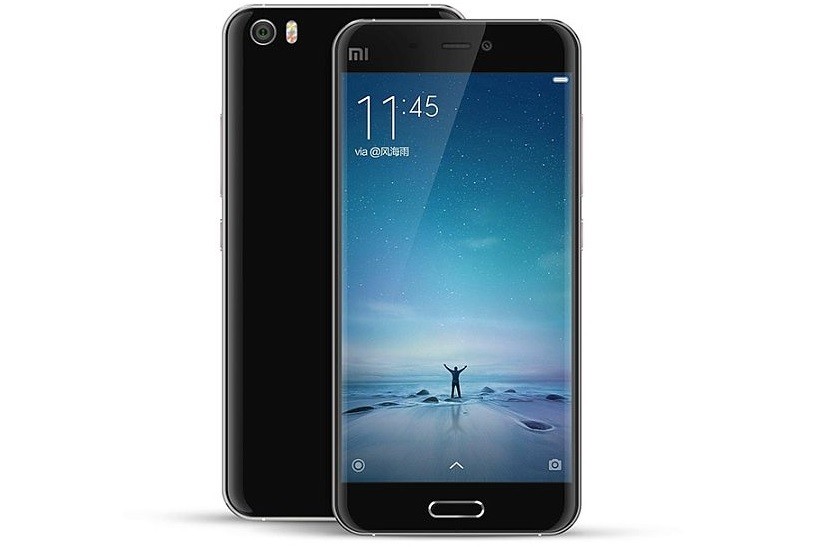
Xiaomi's Mi 5 flagship smartphone whose launch was delayed, will now launch some time after the Chinese New Year in February, as per a post made in social media by the company's cofounder, Liwan Jiang, on Wednesday. He also revealed that the Mi 5 will be powered by a Qualcomm Snapdragon 820.
Xiaomi phone enthusiasts were disheartened in November when the Chinese smartphone manufacturer pushed new set of devices into the market - the Redmi Note 3 and Mi Pad 2. They also made it official that there won't be any more new device related announcements in 2015. Qualcomm was at the receiving end for this delay.
According to various reports the Snapdragon 820 is supposed to be much better than the troublesome Snapdragon 810, which affected several of 2015's major smartphones. The Mi 5 will be backed by 4 GB of RAM and have 32 GB and 64 GB variants. Other speculations about the Mi 5 include full metal body, fingerprint scanner, QHD display, a 16 MP primary snapper and massive 13 MP camera in the front along with a powerful 3,600 mAh battery featuring Qualcomm's Quick Charge 3.0 standard.
The Mi 5 is expected to have a 5.2-inch display, encompassing a huge 565 ppi. As per Previously leaked price details, the smartphone will be available at $310 and $390 US dollars. But these prices are not yet official. .
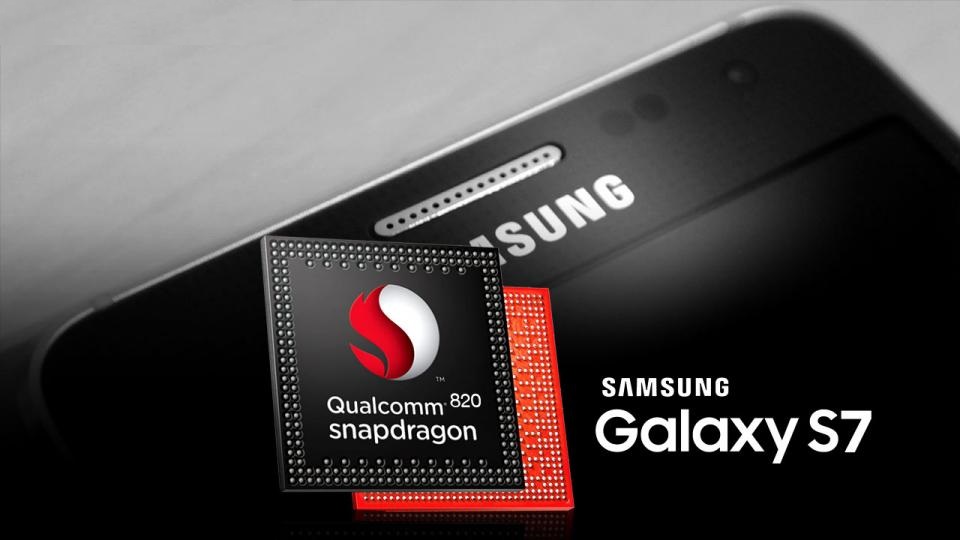
It wasn't LeTV, but Qualcomm who revealed the upcoming LeTV Le Max Pro as the first Snapdragon 820 powered smartphone. At the Consumer Electronics Show (CES) 2016 in Las Vegas, Qualcomm made two major announcements with the first being an introduction to the automotive Snapdragon 820 chipset, termed "820Am." Apart from helping the driver with real time assistance in navigation and performing other "smartcar" functions, the Snapdragon 820 Am will also enable movement-tracking when supported by appropriate hardware sensors.
The 820 is actually a quad core processor wherein last year's 810 was an octacore CPU. There are four Kryo processor cores inside the CPU and each one is clocked at 2.2 GHz by default. Apart from the Snapdragon 820 processor, the LeTV Le Max Pro will be powered by an Adreno 530 GPU and 4GB of RAM.
The extremely well-built Le Max Pro will offer three non-expandable storage options; 32GB, 64GB and 128GB. The enormous 6.33 inch 1440p display is beautiful to look at and perfect for consuming media, albeit a little too large for smaller hands. A 21 megapixel camera and an ultrasonic fingerprint scanner further add to the repertoire of the most powerful phone announced so far (theoretically). We will just have to wait and see if such a huge 2k display and the Snapdragon 820 SoC proves to be too much for the 3400 mAh battery housed within.
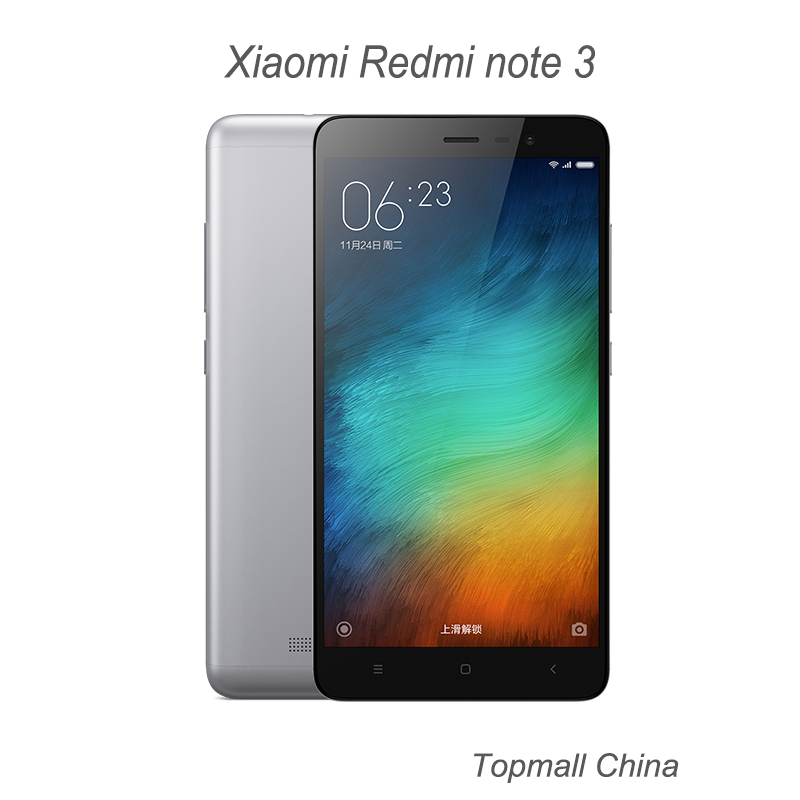
Xiaomi is about to launch a new variant of its budget phablet, the Redmi Note 3. Although the original Redmi Note 3 was showcased back in November, the upcoming version is better. The Mediatek Helio X10 SoC was quite a beast in the budget segment in 2015, but now it is going to be replaced with an even more powerful Qualcomm Snapdragon 650 SoC.
The second change that Xiaomi is about to offer with its new Note is a significantly improved 16 megapixel camera sensor with f2.0 aperture, which is going to replace the previous generation 13 megapixel sensor on its back. These are significant changes that will enhance both the camera quality as well as the overall performance of the Redmi Note 3, both of which are usually high priorities for most smartphone users.
There will be a 16GB model with 2GB Ram and a 32GB model with 3GB RAM just as with the current Note 3. The 4050mAh battery should be more than sufficient to power the device for a whole working day at least, if not more. As far as pricing is concerned, we only know that the 16GB/2GB variant will be available for around $150 or RMB 999.
Among other Asian countries, Xiaomi has decided to launch the Redmi Note 3 v2.0 in India. In fact, a competition is on its way online right now as 100 Indian fans will get a chance to win the Redmi Note 3 if they can complete the 100 "missions" given to them. The Xiaomi Redmi Note 3 was already a great device within the budget segment and from what we know so far, it seems like it's about to get much better.

Despite the fact that the Snapdragon 810 SoC was officially announced several months ago, the chipset at hand is not expected to become commercially available before 2015. Until that moment comes however, Qualcomm has plenty of time to further tweak and improve its SoC, and judging by the latest happenings it appears that the SD 810 is already undergoing testing.
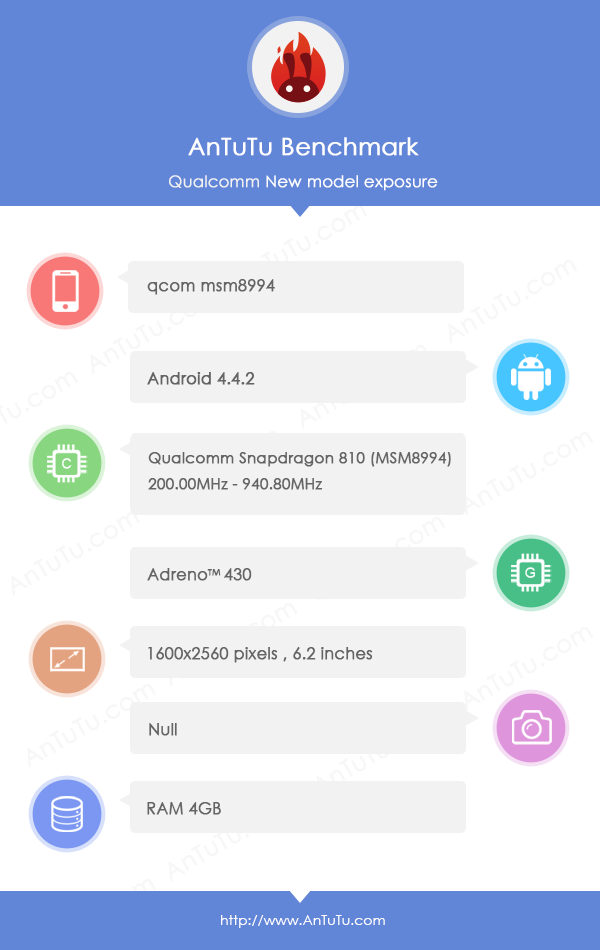
A new test machine that seems to draw its processing power from the Snapdragon 810 popped-up in AnTuTu database, revealing some of the chipset's characteristics.

Today, Jon Carvill, Senior Director of Public Relations at the California-based semiconductor corporation, cleared the smoke and assured everybody that the Snapdragon 810 will arrive as scheduled without problems. Carvill diplomatically refused to comment on the speculations themselves, but had this to say about the future of their upcoming chipset:
"I can tell you that everything with Snapdragon 810 remains on track and we expect commercial devices to be available in 1H 2015"

This of course is great news for OEMs and eager consumers waiting to get their hands on the next wave of flagship devices, powered by the 20nm, 64-bit Qualcomm chip. With Snapdragon 810 reference devices already available it seems likely that we are set to see the first consumer devices out in the open mid 2015.

Qualcomm Snapdragon 810 is the top-notch chipset to date, expected to premiere on various flagships early next year on CES and MWC expos. It will offer an octa-core 64-bit processor, new Adreno 430 GPU and brand new Qualcomm modem.
The initial announcement specified the LTE support as Cat 6, which translates into 300 Mbps downlink and 50 Mbps uplink. The LTE race has been rapidly advancing since and Samsung is already rumored to be prepping an LTE Cat 10-enabled Exynos chipset for the Galaxy S6.
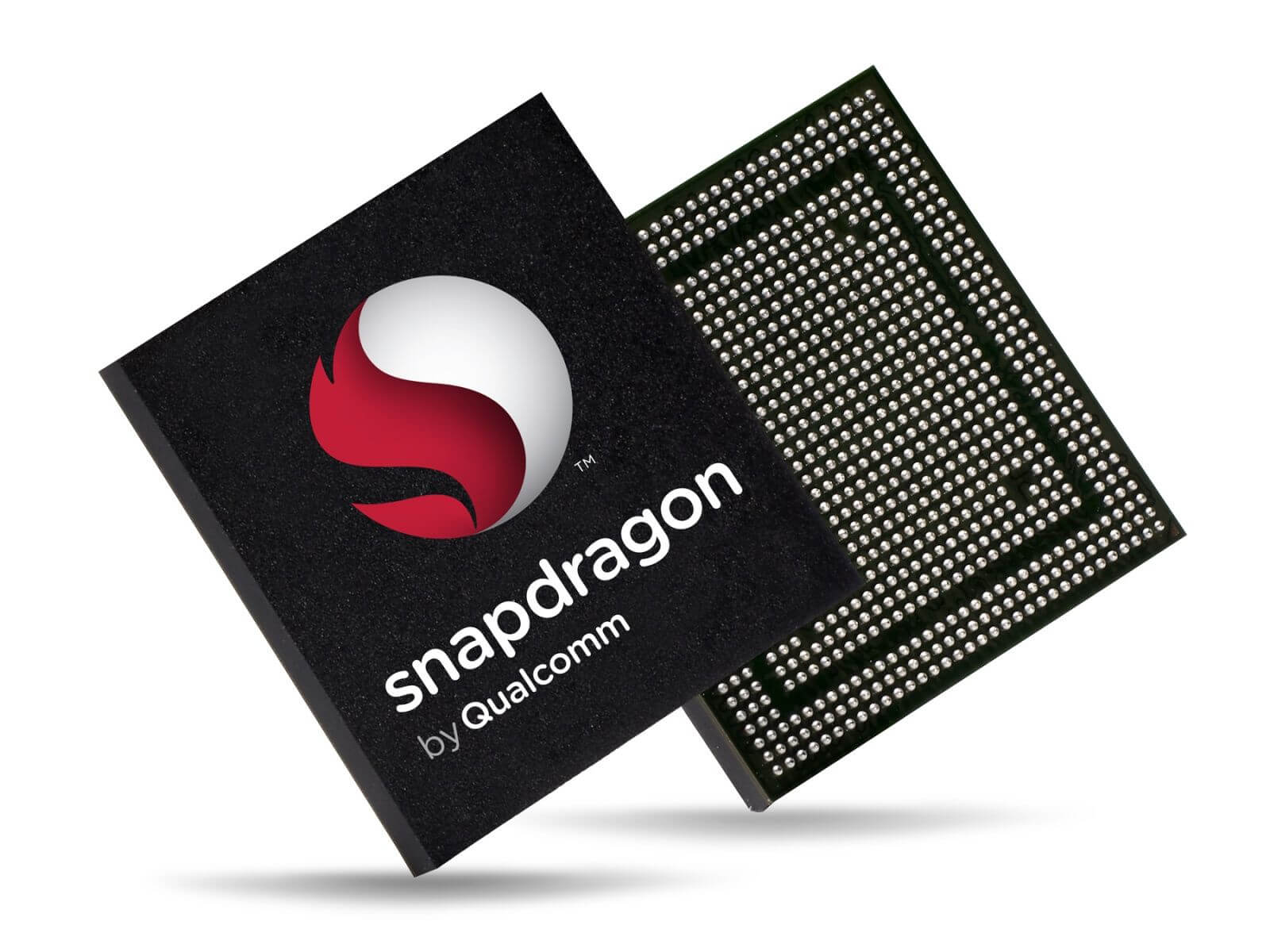
Qualcomm has previously confirmed it will be adding LTE Cat 9 capable modem for the Snapdragon 810 chipset and it will eventually make it to all Qualcomm flagships in 2015. The testing process is now happening in the UK, with the help of Huawei and the EE network. This means EE will be among the first carriers to upgrade its network with the latest LTE tech.
LTE Cat 9 stands for 450 Mbps download and up to 50 Mbps upload. The alleged Exynos 6 Samsung chipset with Cat 10 will offer the same downlink, but the uplink is doubled at up to 100 Mbps.
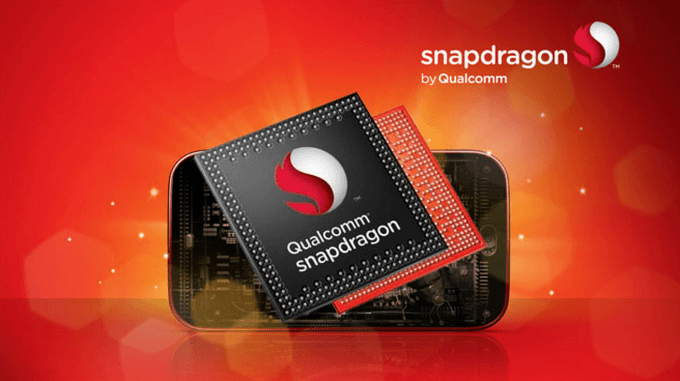
Qualcomm's 2015 roadmap has been leaked, the company is working on improving its Snapdragon processor that will run the best device of 2015. The star of the H2 2015 show is the successor to the current Snapdragon 810 system chip: the Snapdragon 820.
Alleged specifications for the upcoming system chip show two key advancements: a quick transition to 14nm FinFet manufacturing at Samsung and GlobalFoundries fabs, and the roll-out of what seems like the first custom Qualcomm 64-bit CPU cores under the Taipan architecture.
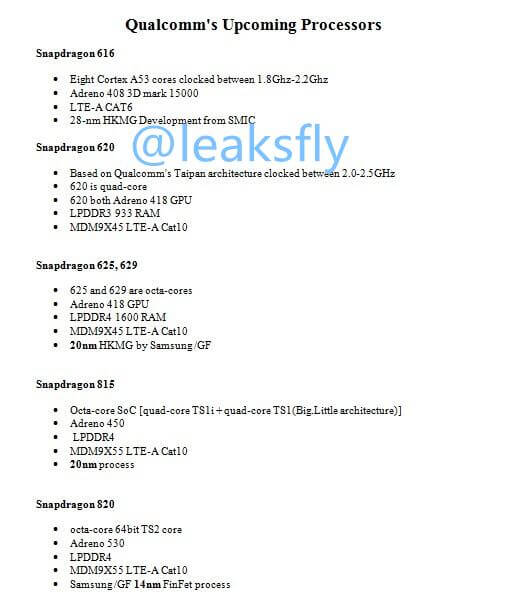
Qualcomm has dominated the market in the past three years with its Snapdragon chips featuring Krait CPU cores found in most major flagships, but the need for a quick transition to 64-bit chips coincided with the end of life for Krait, forcing the company to release the Snapdragon 810 without its own custom core. The Snapdragon 820 is expected to feature an octa-core setup with eight TS2 high-performance cores.
Other Snapdragon 820 features include a new Adreno 530 GPU, support for the faster LPDDR4 RAM, as well as a advanced MDM9X55 LTE-A Cat.10 Qualcomm modem.
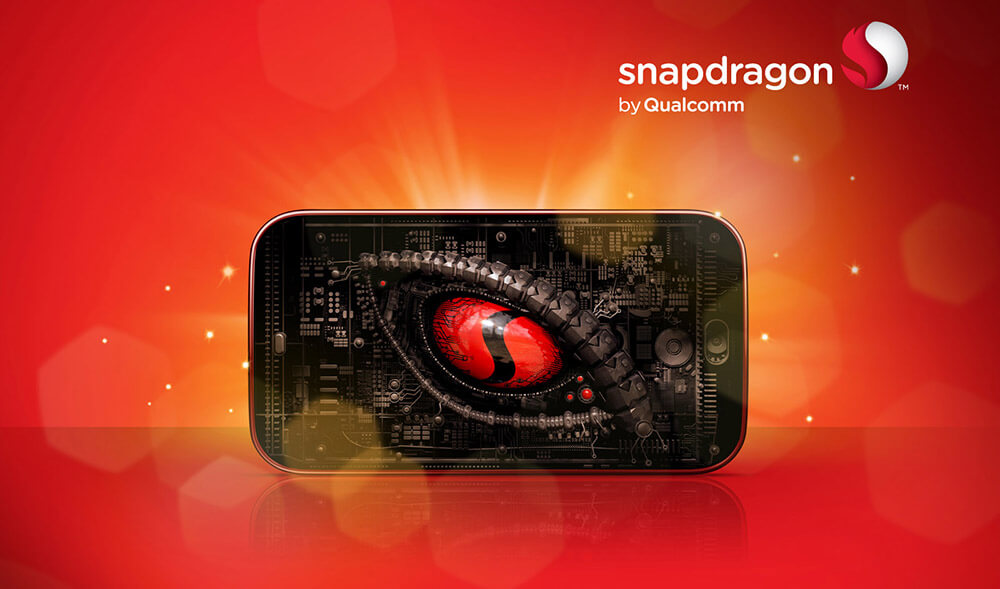
At MWC 2015, Qualcomm just officially announced the Snapdragon 820 Soc (System-on-chip). The chipset will be built on a FinFET manufacturing process, but Qualcomm didn't specify if this means TSMC's 16nm or Samsung's 14nm tech will be used the SD 820.
The star of the Snapdragon 820 chip, which debuts Qualcomm's Zeroth platform. It promises to be a cognitive computing platform, which means that it can anticipate users needs and actions in advance. One real-life application of the platform as demoed on stage is a camera recognizing the subject of the photo.
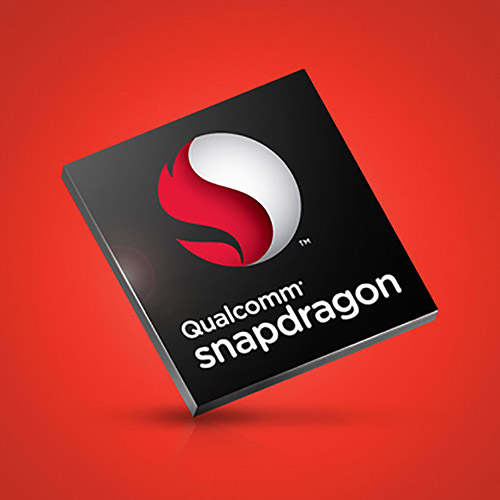
Inside the chip Qualcomm's custom ARMv8 CPU core also makes a first appearance. Dubbed Kryo, it sports 64-bit architecture, but at this point there aren't any more details regarding it.
Qualcomm says it will start sampling the Snapdragon 820 in the second half of 2015. This leaves us to anticipate the first devices rocking the chip early 2016. Expect more information about the Snapdragon 820 as it becomes available.
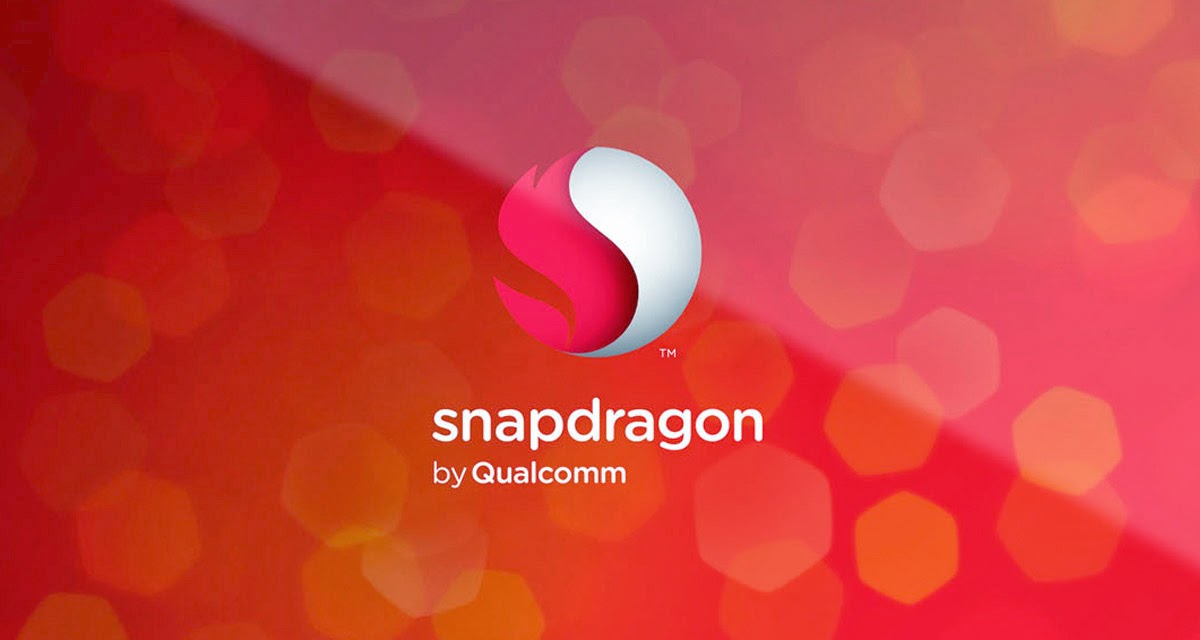
The Snapdragon 815 is coming this year, We have heard a lot of things about hot Snapdragon 810 chipset and its alleged overheating issues. We still don't know the whole outcome of the story as there are almost no real tests that show if the Snapdragon 810 processor really suffers from overheating.

However, there are several reports, especially the recent HTC One M9 overheating issues, that showed high operating temperatures. The issues seems to be fixed with the upcoming Snapdragon 815, which runs at 100.4 degrees (38° C), compared to the 107.6 (42° C) degrees by the Snapdragon 801, 111.2 (44° C) degrees by the Snapdragon 810. Since there isno real test of the Snapdragon 810, and the Snapdragon 815 is still far away from production.
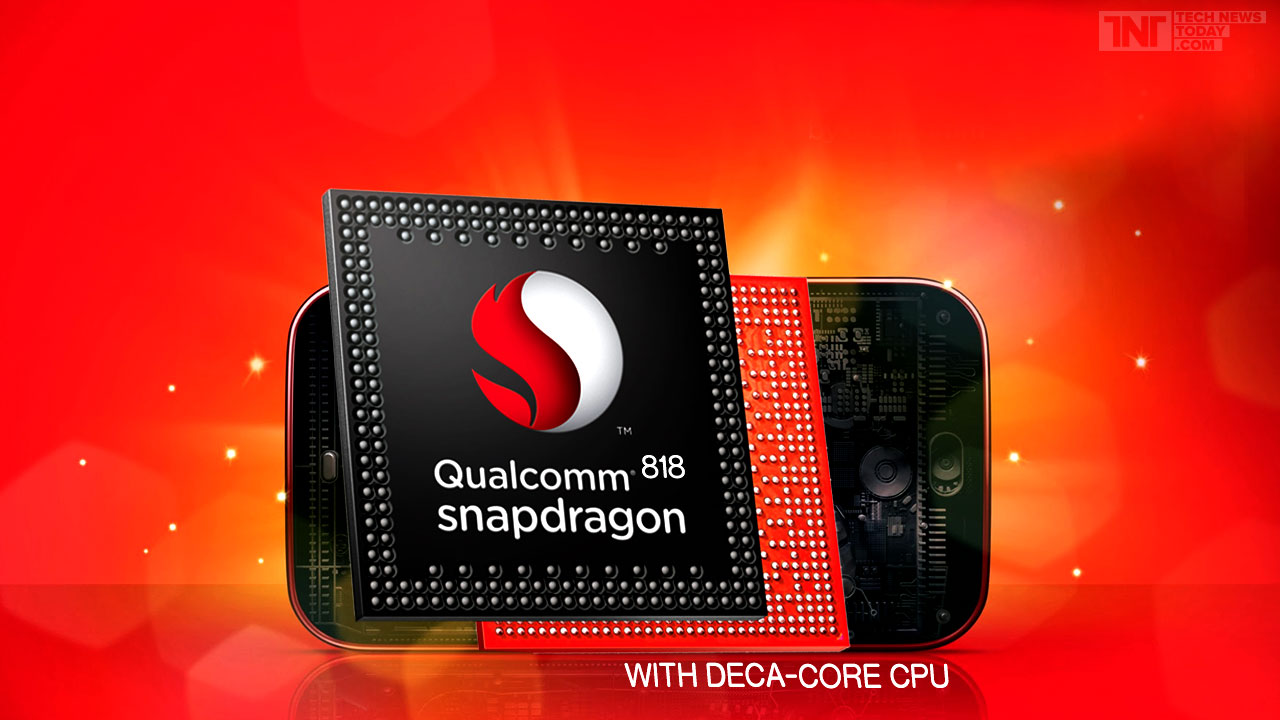
You might know about Qualcomm's Snapdragon 810 which is included on all new flagships this year, you even might be running it now. Today, we got some leaked details about the upcoming Qualcomm Snapdragon 818 high-end SoC that will also offer a 10-cores processor, new and powerful Adreno 532 GPU, and LTE Cat.10 connectivity.
Snapdragon 818 is rumored to pack a 10-core processor with 4x Cortex-A53 cores at 1.2GHz, 2x Cortex cores clocked at 1.6GHz and 4x Cortex-A72 ticking at 2.0GHz. The Cortex-A72 core is supposedly the most powerful processor in mass production right now. In addition the Snapdragon 818 chip will also come with a new Adreno 532 GPU, LPDDR4 RAM and LTE Cat.10 connectivity.

Snapdragon 818 is rumored to be manufactured at 20nm process. We expected to see devices running the SD 818 by the end of 2015.

We've all heard the stories and the explanations, promises and let downs surrounding the Snapdragon 810. The whole overheating saga has entirely engulfed the existence of the beastly SoC and has rendered it a major market failure. The drama still rages on, especially since a few unlucky upcoming devices, like the OnePlus 2 are still set to incorporate the troublesome chip, but Qualcomm seems to be cutting its losses and moving forward.
The next major step, of course, is the Snapdragon 820, which initially got announced at MWC 2015. It promises cutting edge performance and far better handling of overheating and throttling, a lesson which the manufacturer had to learn the hard way. Since then, news has mostly died out and the chip sunk into the realm of rumors. There were even talks of a sibling, dubbed the Snapdragon 815, but that was quickly denied.

The Snapdragon 820, however, is still on its way and a new report shows that it might be closer to consumer markets than ever. According to industry sources, an initial batch of chips has already been sent to a customer for testing. If everything pans out, we might start seeing the chipset in various devices shortly after.
.jpg)
Qualcomm has unveiled two new chipsets today. The Snapdragon 412 SoC and the Snapdragon 212 SoC are slight improvements over the Snapdragon 410 and Snapdragon 210 chipsets that they replace. The Snapdragon 212 is an entry-level chip set that will find usage in the lowest priced smartphones, while the Snapdragon 412 will be found in mid-range handsets.
Let's start with the Snapdragon 412 SoC. Qualcomm has raised the maximum clock speed on the 64-bit capable Corex-A53 cores to 1.4GHz. And while the Adreno 306 continues to handle graphics, it too is running faster as compared to the clock speeds employed on the SD-410. The latter ran its four Cortex-A53 cores at a max of 1.2GHz. Manufactured using the same 28nm process as it predecessor, the Snapdragon 412 supports screens with a resolution of 1200 x 1920. The chipset also features QuickCharge 2.0, and can handle video playback from 13MP cameras. It also offers X5 LTE connectivity (Cat.4, 150Mbps), along with support for Wi-Fi, b/g/n, Bluetooth 4.1 and USB 2.0.

The Snapdragon 212 bumps the clock speed of the four Cortex-A7 cores to 1.3GHz from the 1.1GHz used on the Snapdragon 210. The Adreno 304 GPU returns, and the chipset is built using the 28nm process just like the SD-210. The new chipset supports screens with a resolution of 720p, and will also handle 1080p video in H.264 and H.265. Devices powered with this chip can employ up to an 8MP camera. Connectivity options include Cat.4 LTE, Wi-Fi b/g/n, Bluetooth 4.1+ BLE, USB 2.0 and Quick Charge 2.0.
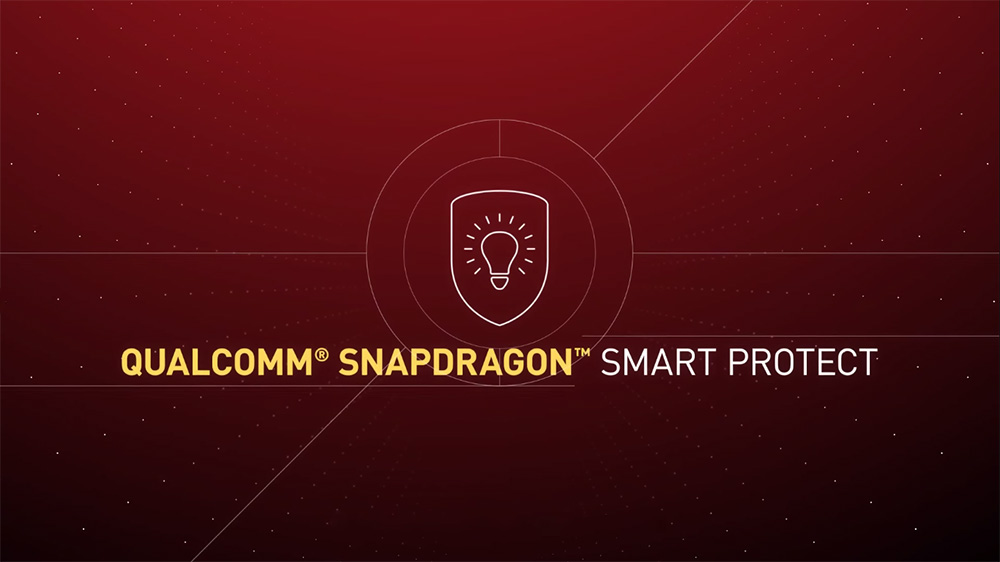
Android's Stagefright vulnerability was so serious it had phone makers pledging left and right that they will provide security updates for their handsets. Clearly mobile security is important and Qualcomm wants to enable it at the hardware level with Snapdragon 820 and the new feature called "Smart Protect".
Based on Qualcomm's Zeroth machine learning platform, Smart Protect will keep an eye out for abnormal app behavior in real time (and with little power usage). The platform will help move much of malware detection from the cloud onto the device.

Qualcomm will provide software that will protect user data and privacy, but third-party apps can also hook up to Smart Protect - Avast, AVG and Lookout are working to integrate the new feature into their mobile apps.
Highlights of Snapdragon Smart Protect
• Personal Protection – Snapdragon Smart Protect provides robust security and enhanced personal privacy for today’s mobile environment, empowering end users with greater control over personal data and by detecting and classifying spyware, adware and other malicious app behavior.
• Superior Behavioral Analysis – Using Qualcomm Zeroth cognitive computing technology, Snapdragon Smart Protect enables OEMs and mobile security solution providers to enhance anti-malware and privacy protection services with real-time, behavioral-based machine learning that is designed to detect and classify zero-day and transformational malware.
• Power- efficient performance – Snapdragon Smart Protect offers optimal performance through on-device design and uniquely deep access to hardware and software of the Qualcomm Snapdragon 820 processor, enabling malware detection and critical data processing on the device, rather than in the cloud.

Qualcomm just released more details about its upcoming Snapdragon 820 Soc that will be included on all 2016 flagships devices starting by the ned of this year.
A major missing puzzle piece was connectivity and at today's Qualcomm event in China it became clear that the Snapdragon 820 will offer top-notch mobile data bandwidth up to 600Mbps downstream and 150Mbps up over LTE-Advanced (X12 LTE). Also Wi-Fi 802.11ad will be supported for next-gen local connectivity.

The Snapdragon 820 will use four custom 64-bit Kryo cores, so no more standard Cortex solutions. The Kryo processor has been manufactured via Samsung's 14nm FinFET process, so it promises to go easy on the battery as well. And speaking of the Korean tech giant, rumors hint that it is already busy testing the Snapdragon 820 for integration inside the next Galaxy S7 flagship.
The company also confirmed that the new chips will support its latest Quick Charge 3.0 standard. The technology claims to be 27% faster that version 2.0, while using less power will help preserving the health of the battery pack longer. More details are coming, stay tuned.
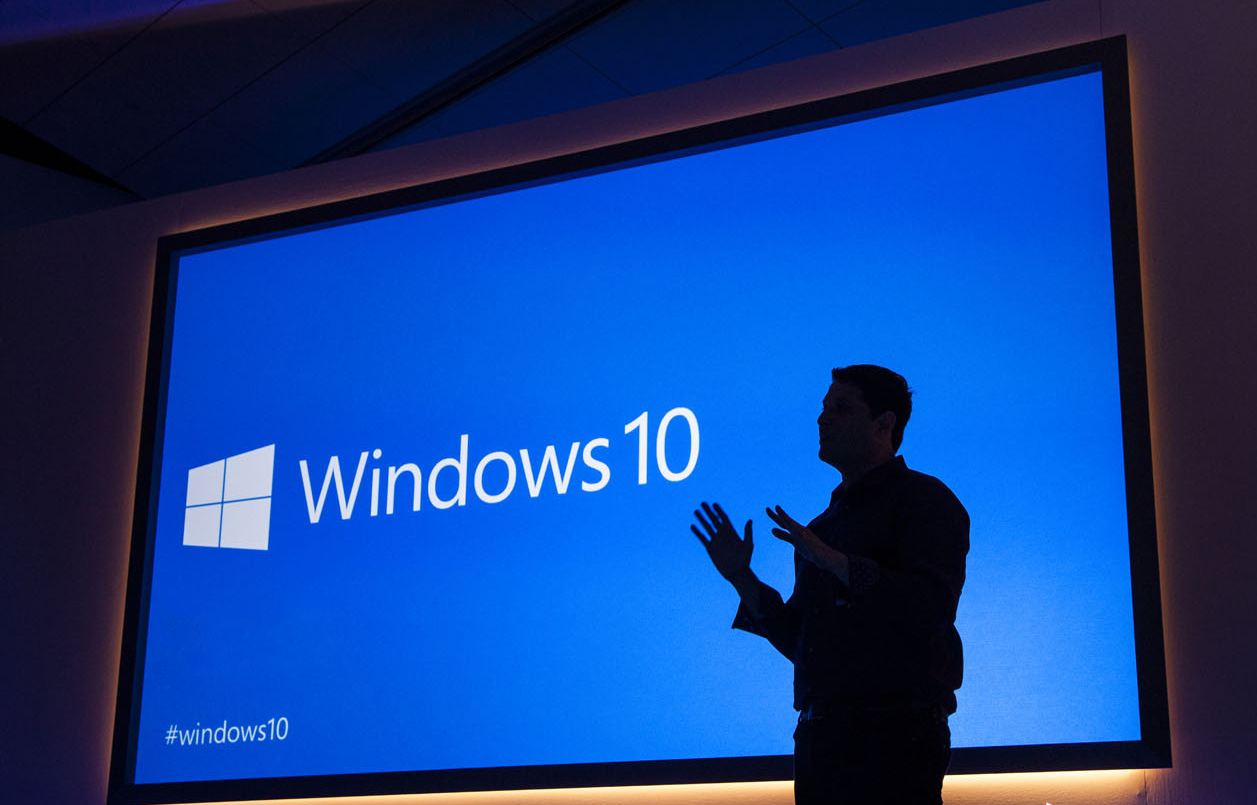
It has become official news that the latest flagship ARM chips by Qualcomm will be powering a new range of Windows 10 PCs by the end of this year. However, Microsoft themselves may not be the ones to introduce them to the market, as was previously believed.
A new report suggests that Lenovo is also trying to bring forth its own range of SD 835-powered Windows 10 PCs and it may just beat Microsoft to it. However, there is no guarantee either that Microsoft won't be the one to reach the market first with their new series of Surface laptops. From the point of view of the customer though, it's always good to have more options, so we are not exactly complaining!
If you are interested in these upcoming laptops, know that they will be quite affordable as expected. However, the ARM-powered PCs will actually run on a cloud based Windows 10 OS, instead of a local installation like computers powered by Intel or AMD chips.
Saikat Kar (tech-enthusiast)

Details about an Upcoming Nexus Smartphone from Google has been leaked on the AnTuTu benchmark, the device is supposed to be the upcoming Nexus 6, it will be a Motorola-made device codenamed "shamu". According to the leaked list, Motorola shamu will pack a Qualcomm Snapdragon 805 chipset with a Quad-core Krait 450 processor clocked at 2.65GHz along with 3GB RAM, Adreno 420 GPU.
AnTuTu's database has the device under the name Google shamu, which seems to solidify the rumor that this will indeed be the Nexus 6. The device carries a 5.2" QHD (1,440 x 2,560 pixles) display with around 564 ppi for unmatched sharpness.
The camera on the back will be a 13MP unit coupled with a 2.1MP one for the front. Finally the Shamu will be adorned with Android L for good measure adding even more fuel to the Nexus fire. We hope that this device is real...
 |
 |
|
this article is not available |
||
 |
 |
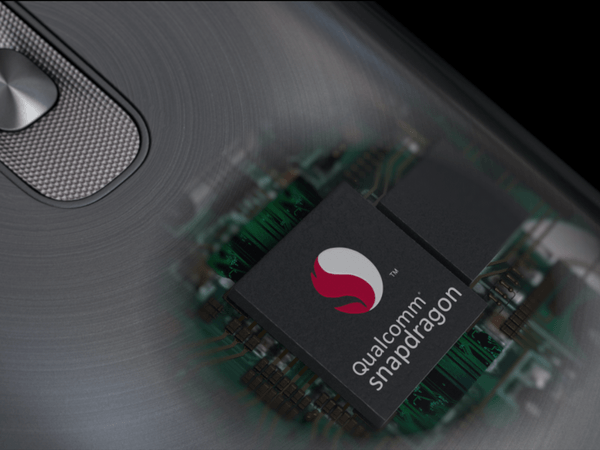
Qualcomm teased us with the Successor of the curved LG G Flex on Twitter. The upcoming High-End Curved-Design smartphone will make its official debut next week during CES 2015 in Las Vegas in line with past rumors.
The image gives us a peak of a device's back without mentioning its manufacturer. However, the buttons on the back, coupled with the distinctive pattern that LG's self-healing polycarbonate totes, leave no room for doubt that the device is indeed from the Korean manufacturer.
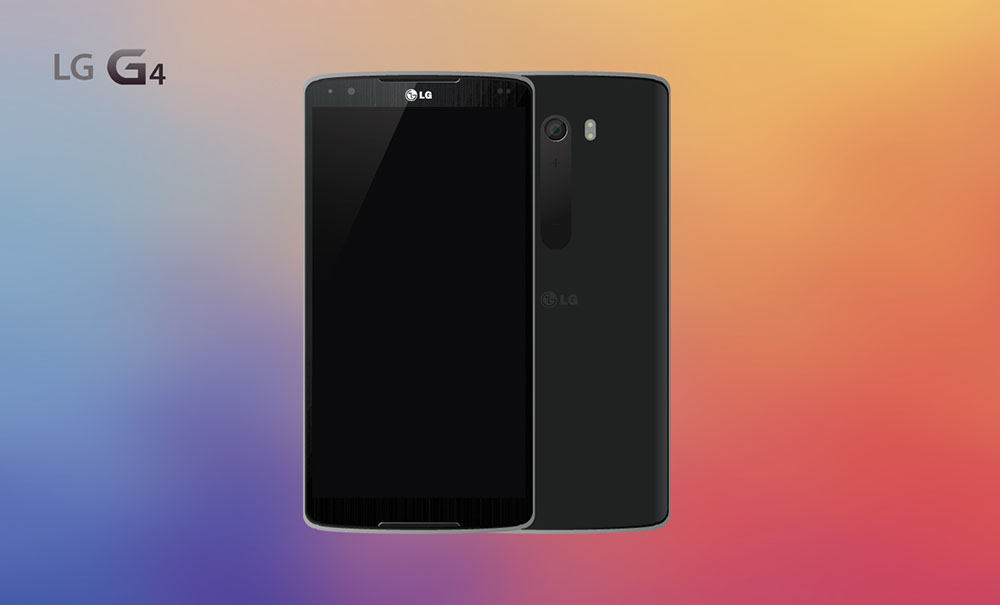
According to a source, the Snapdragon 810 will be driving the LG G4. As we recently noted, overheating issues with the chip are leading smartphone manufacturers to consider other options. Samsung is reportedly going to stuff up to 90% of its initial production of the Samsung Galaxy S6 with its own Exynos chipset. LG does have its NUCLUN octa-core processor, but it apparently is not up to snuff. As a result, Qualcomm's chip is still expected inside the LG G4.

Besides carrying 3GB RAM, a dump of Android 5.0 has brought forth evidence of 5312 × 2988 resolution pictures that will be available from the LG G4. That leads to speculation that the device will feature a 16MP wide-lens rear camera, which would be a nice bump from the 13MP rear camera on the LG G3.
We will soon see the LG G4 unwrapped next March at MWC in Barcelona.

Lenovo has just unleashed a brand new series, which will replace the Moto X series of smartphones, starting from 2016. Both the phones in the new Z-series will come with top tier specs like a SD 820 CPU, a 5.5-inch QHD panel, 4GB of RAM and even the choice for 32GB/64GB in-built storage (along with expandable SD card slots). The regular Moto Z will sport a 13-megapixel rear sensor with laser autofocus, optical image stabilization and a dual tone LED flash for pitch dark conditions. On the front, there's the 5-megapixel snapper with a dedicated selfie-flash and a wide angle lens for group selfies. All this will be powered by the Quick charging 2,600mAh battery inside the Z.
The Moto Z Force has the bigger 3,500mAh battery and a shatterproof glass on the front. Lenovo calls the glass "ShatterShield" and they are confident that it cannot be broken by even the roughest of falls. The thicker and more premium device also features a higher resolution 21-megapixel sensor with phase detection laser autofocus, optical image stabilization and an aperture of f/1.8 for low-light photography. In spite of the flagship specs, what we did not like is the missing headphone jack that we have grown accustomed to. Although an USB Type-C to headphone adapter is included in the box, it means that you cannot simultaneously use the Type-C port for charging or data syncing, while listening to the headphones.
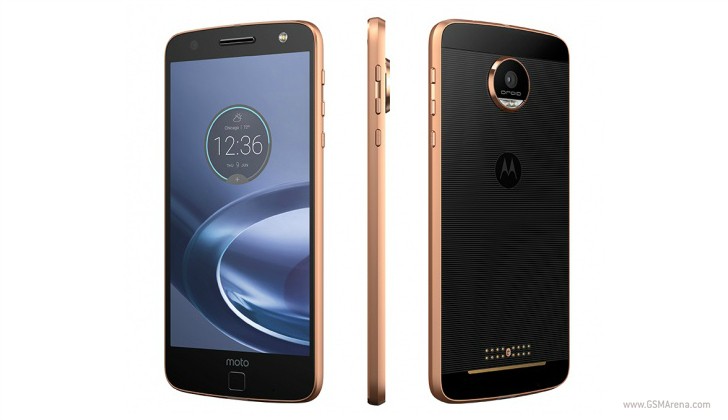
In addition to the missing 3.5mm jack, the two Moto phones also bring something else that the market is just getting accustomed to. Both phones have 16 magnetic dots at the lower-back area and they are equipped to connect with the "Moto Mods." Similar to what we saw with the LG G5 modular phone that was released earlier this year, the Moto Mods are modular accessories created specifically for the Moto Z smartphones to enhance the device's already impressive capabilities. There's the InstaShare Projector mod and some stylish case mods, but we found the JBL Soundboost mod to be the most impressive with its twin 3W speakers and a 1,000 mAh battery to boost the phone's usage time.

As is evident, the Moto Z and the Moto Z Force has a LOT to offer, but you will have to wait till September to get your hands on one, if you are outside the US. Verizon in the US however, will release their "Droid Editions" sooner.
Author: Saikat Kar (tech-enthusiast)
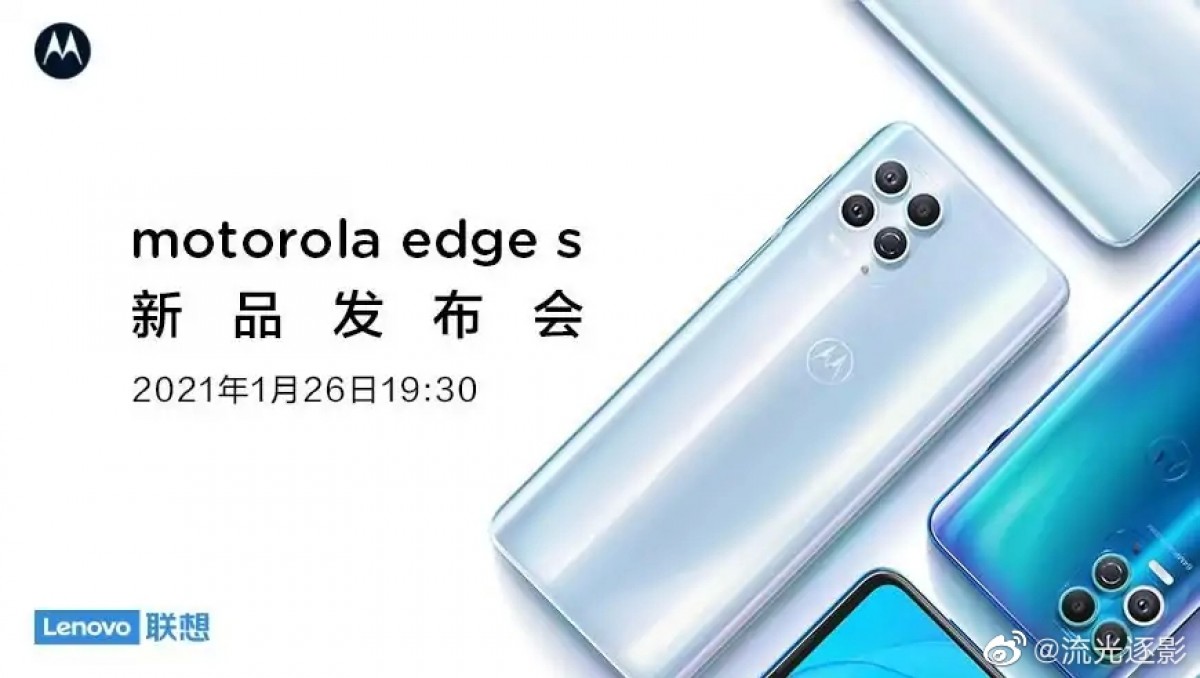
Motorola China revealed its latest premium smartphone at an event in the country today. The flagship is the world's first smartphone to be powered by Snapdragon 870 and called Motorola Edge S. The phone doesn't have any curved edges or display. In fact, it features a rather flat display screen with double hole punches for two front-facing camera sensors. The phone not only packs a bunch of cameras but also offers a high-speed processor for heavy use.
The rear panel of the phone is slightly curved and features four cameras arranged in a not-so-stylish way. The device has an NVCM coating and available in the market as well as online in two different colors - Emerald Glaze and Emerald light. The Motorola Edge has a 6.7-inch LCD display screen with a 90Hz refresh rate and a 21:9 aspect ratio. The screen's resolution is 2520 x 1080 with a 409PPI, HDR10, and a DCI-P3 color gamut.
The device uses Snapdragon 870 processor that brings an improvement in performance to a great extent as compared to its predecessor. Its CPU performance is measured to be exactly 12% higher than that of the Snapdragon 865 while GPU is 10% more powerful. According to the company's official statement, the Edge S scores higher than the Mi 10 on AnTuTu which scored only 585,232 points, whereas the Edge S shines with 680,826 points among its competitors. The phone's higher score is due to the result of the Turbo RAM which is 72% faster than LPDDR4 and also has UFS 3. Internal storage is 25% faster than the traditional UFS 3.0.
Motorola Ege S features four cameras at the rear side of the phone that includes a 64-megapixel primary camera, a 16-megapixel 121 ultrawide angle camera that also doubles as a 2.8CM macro camera, a 2MP camera for taking better portrait images, and a TOF camera sensor that has a light right around its casing. The front-facing cameras are 16-megapixel and 8-megapixel with the ultra-wide-angle camera sensor. The phone has a built-in vlog mode, night mode, and can shot up to 6k video at 30fps and 4k video at 60fps.
© 2023 YouMobile Inc. All rights reserved
